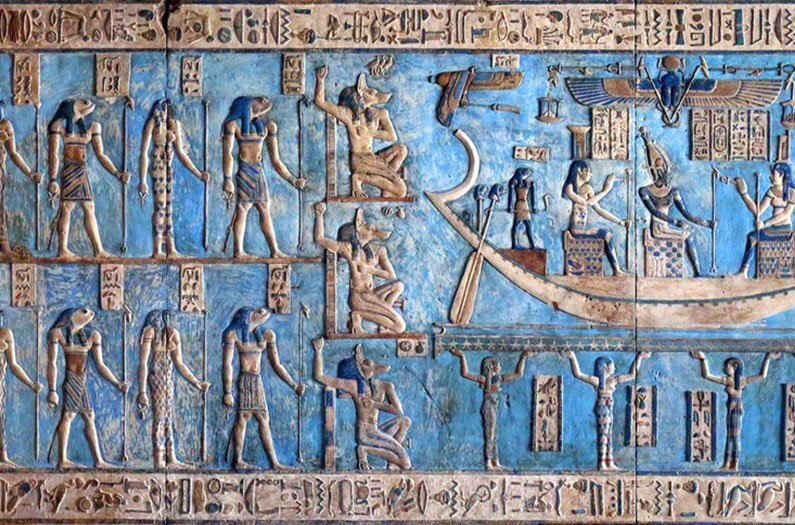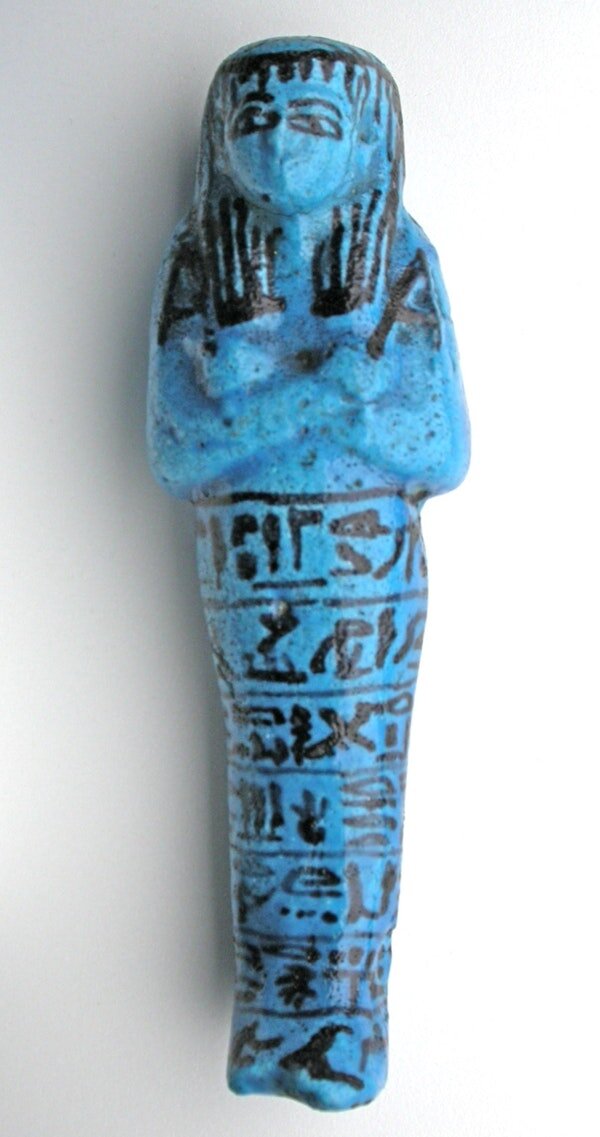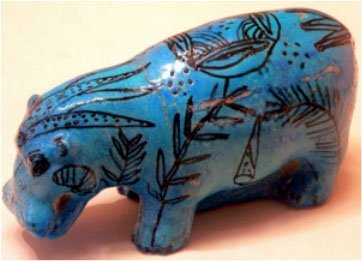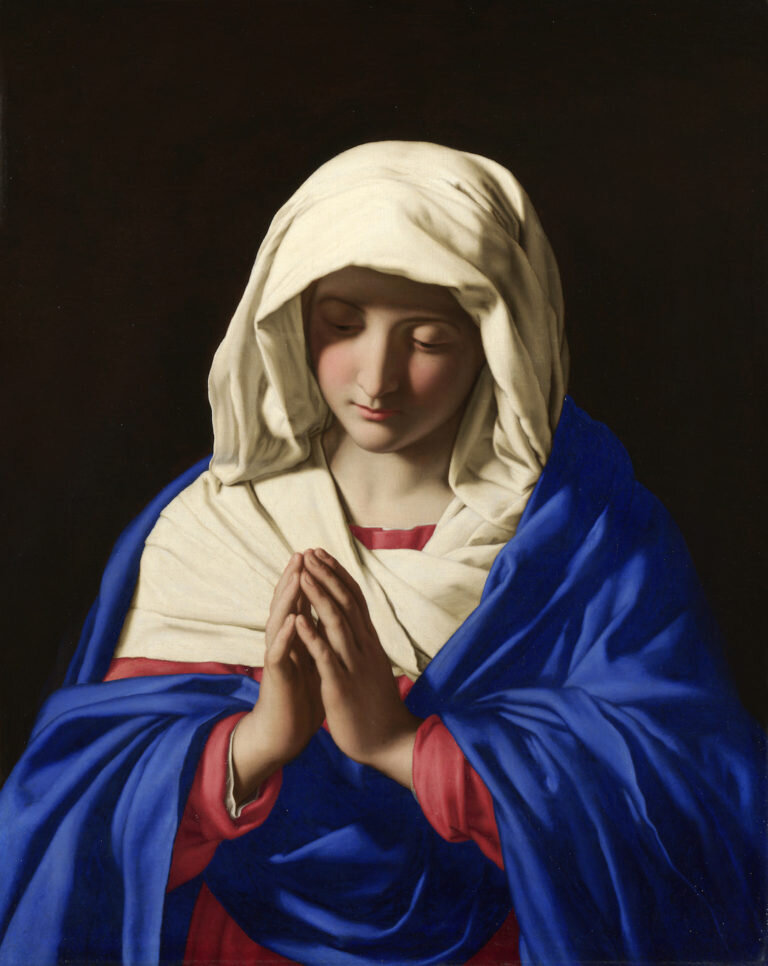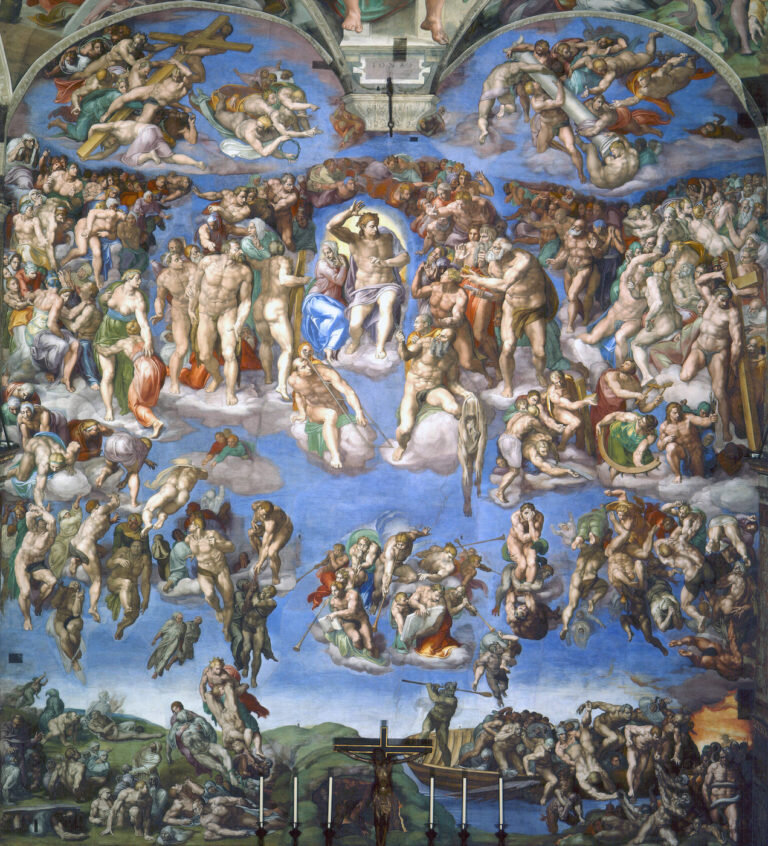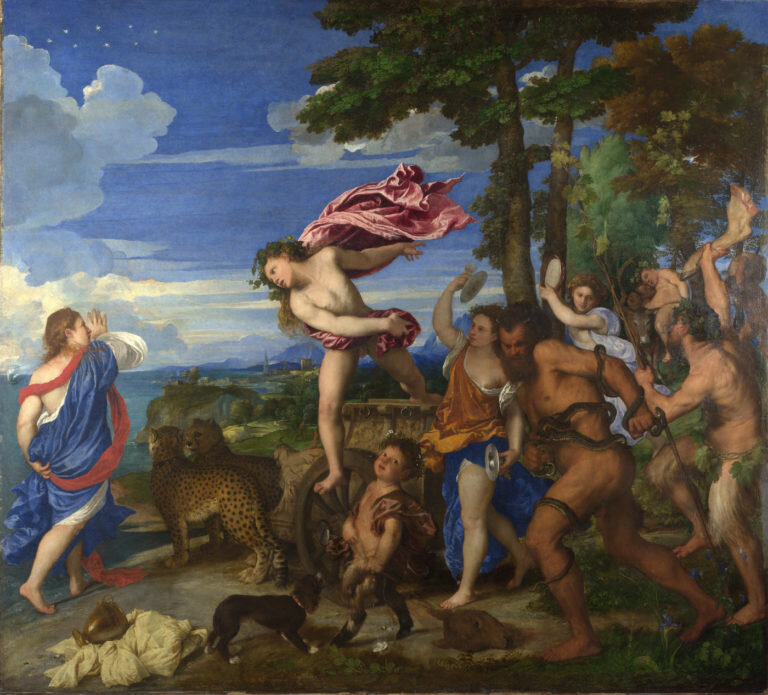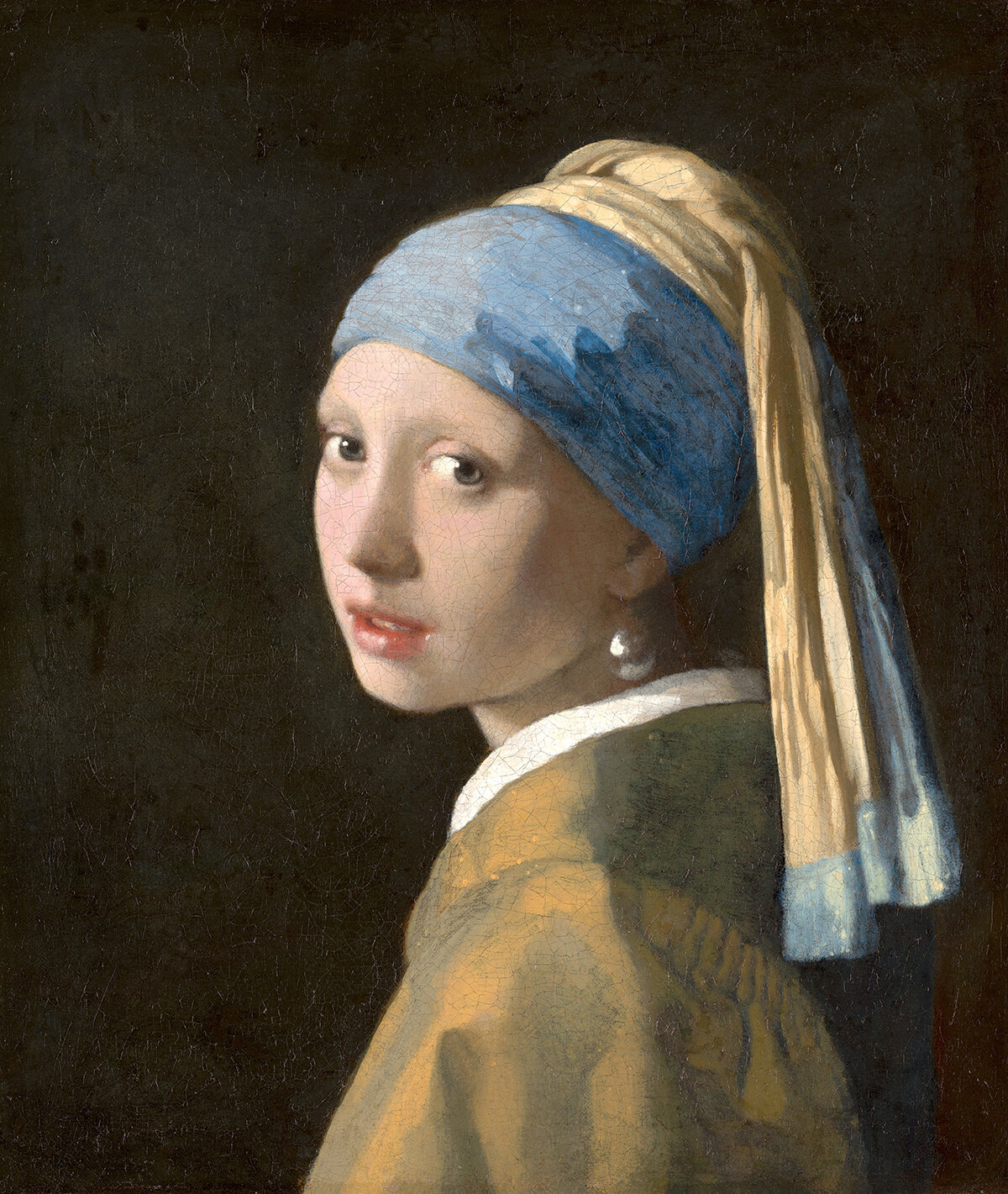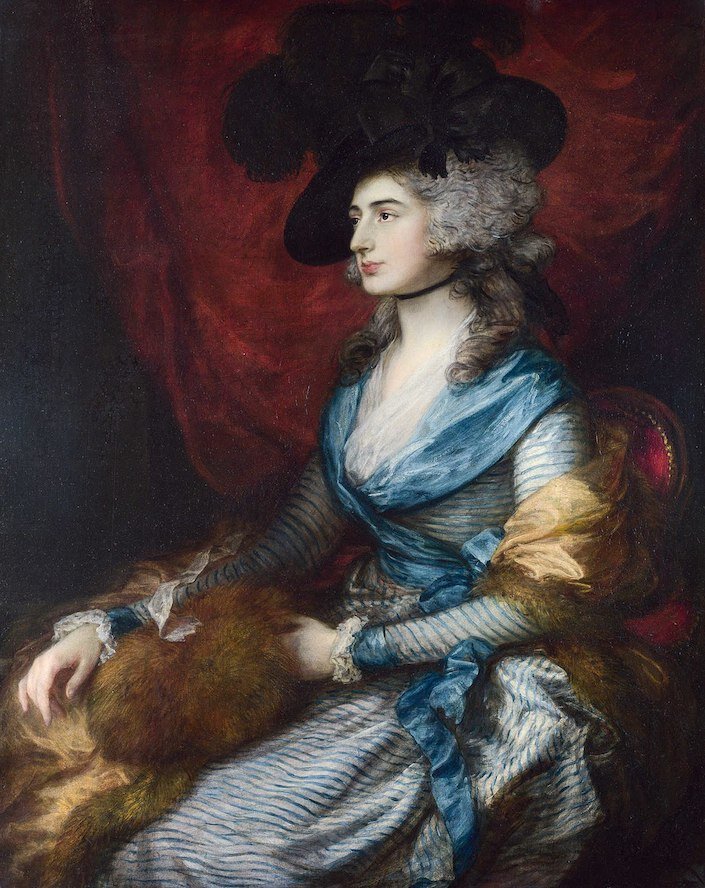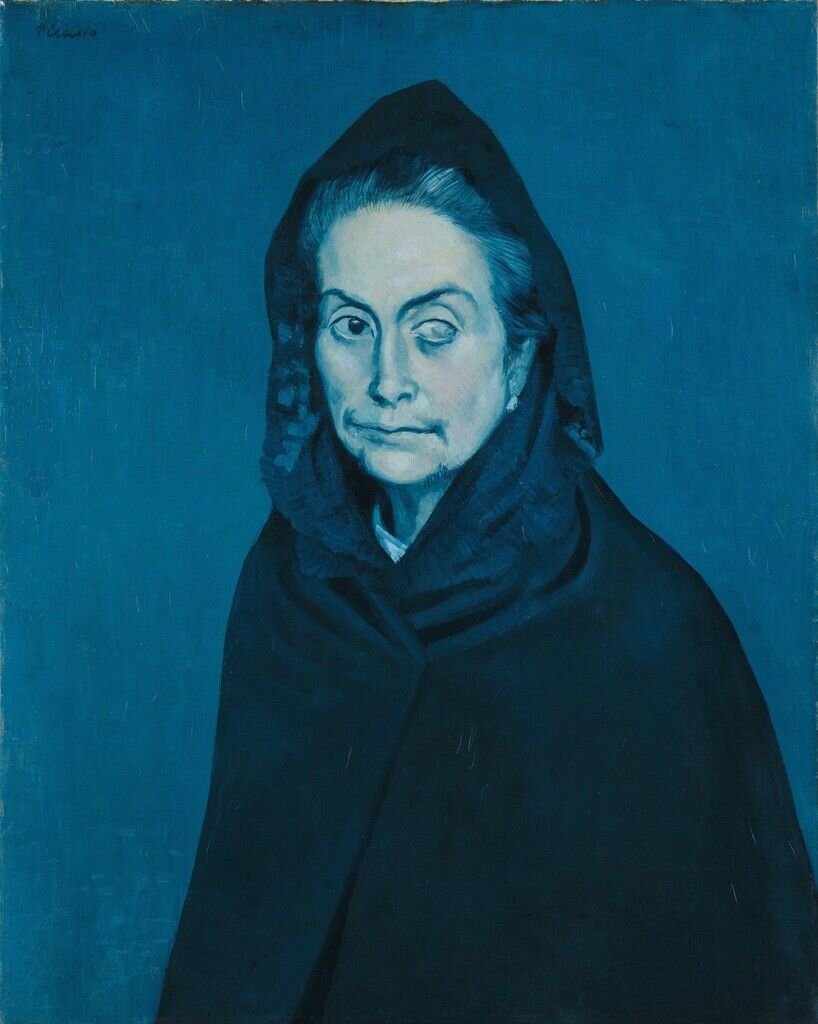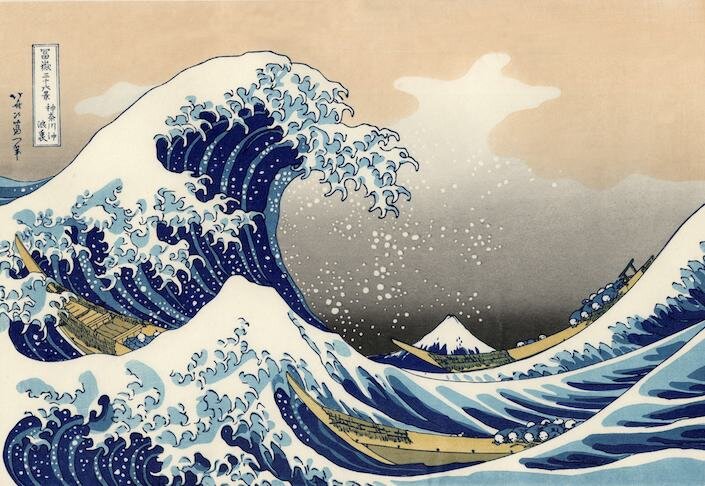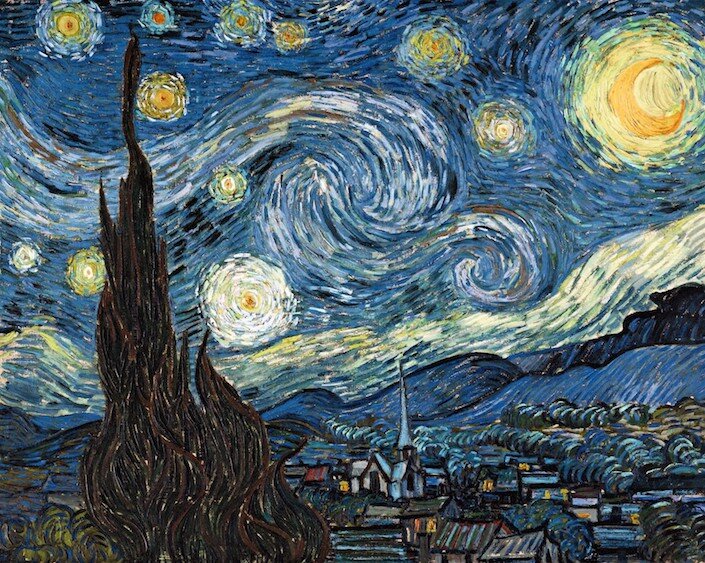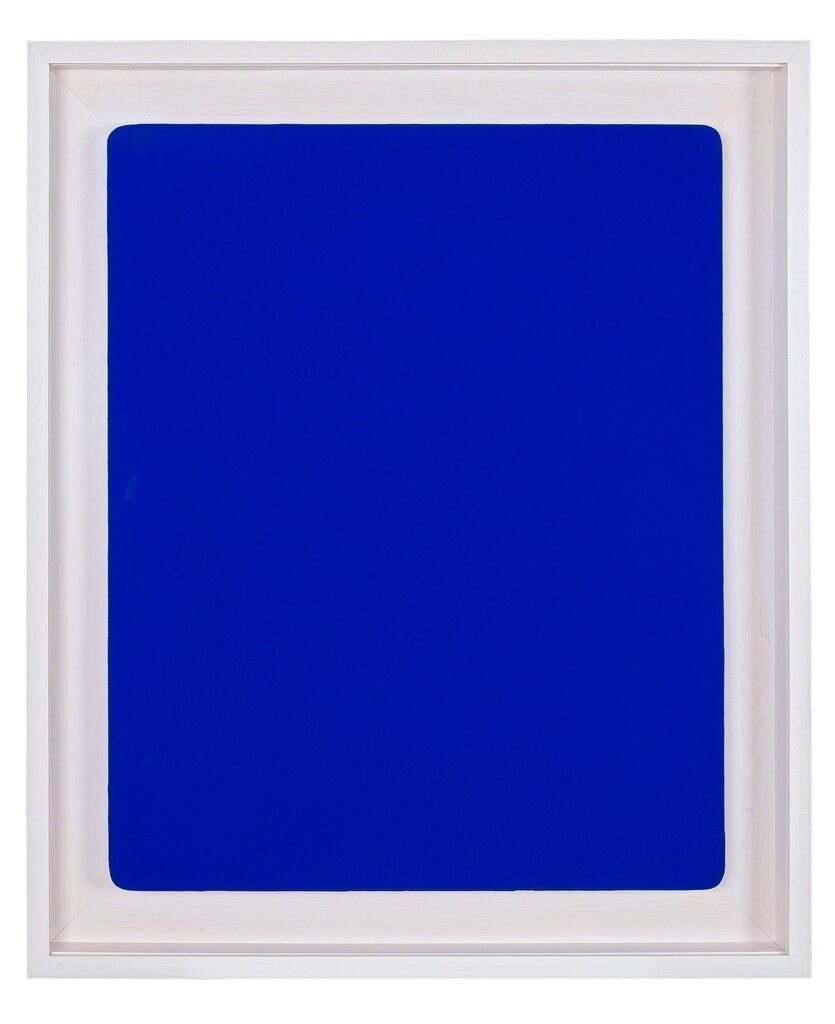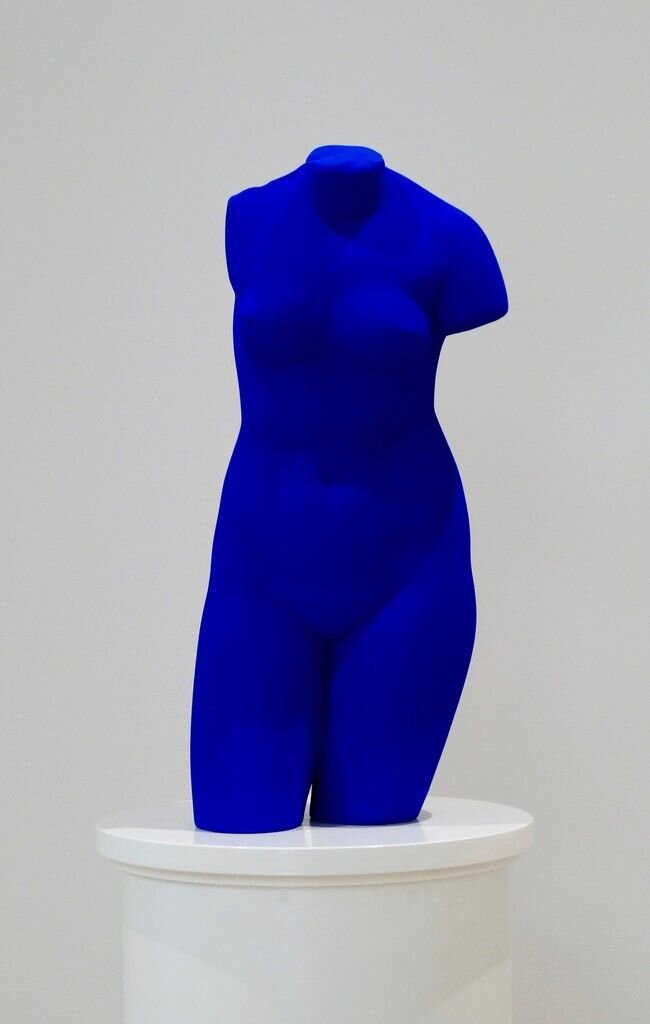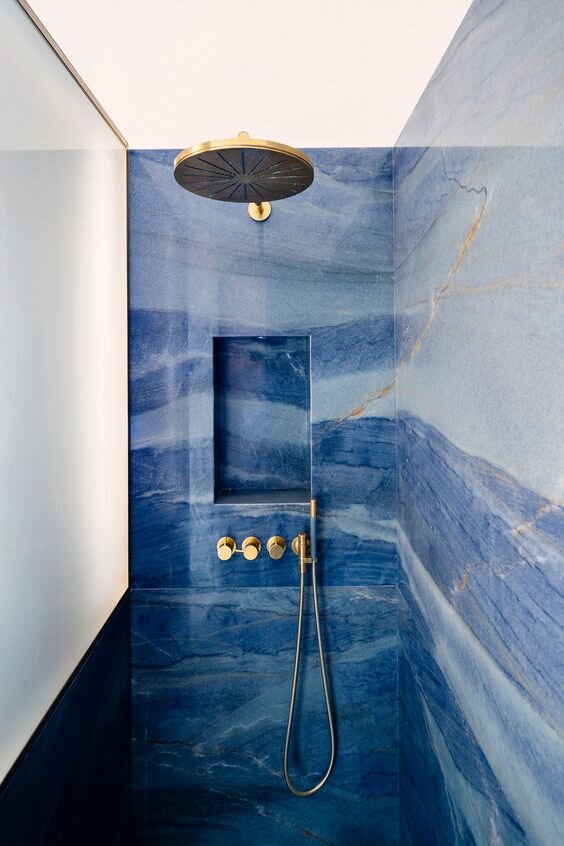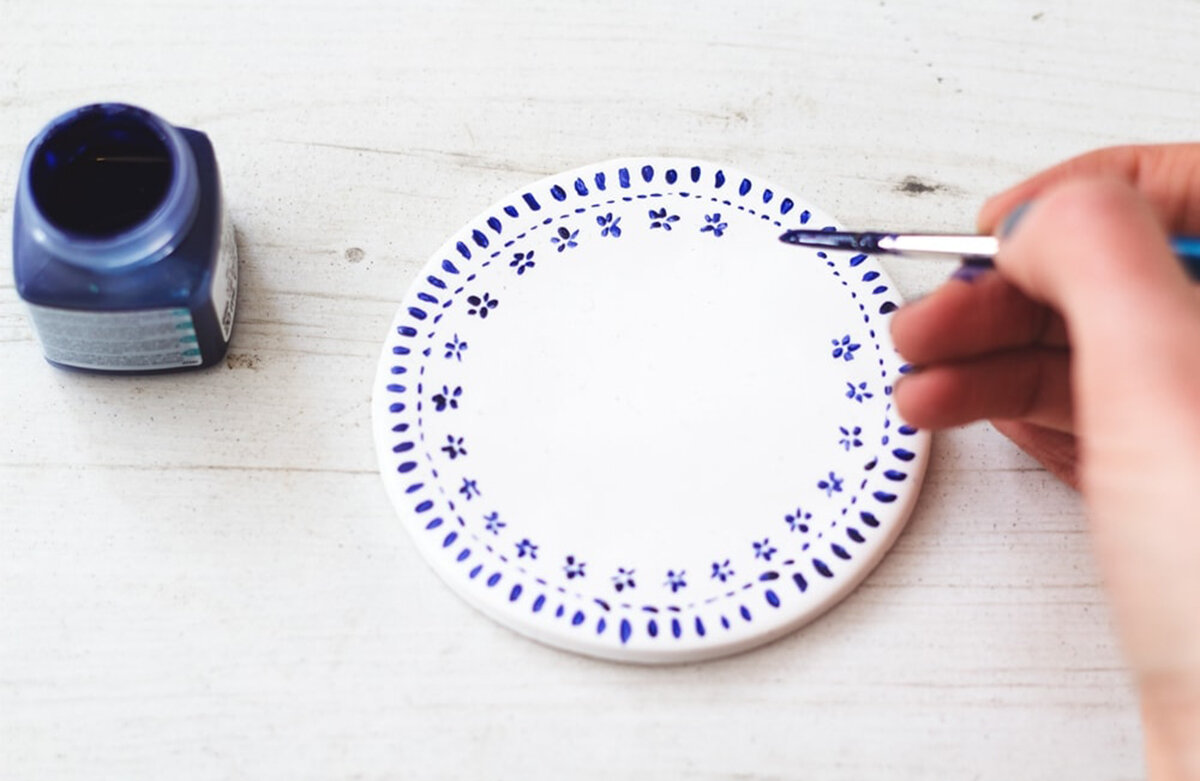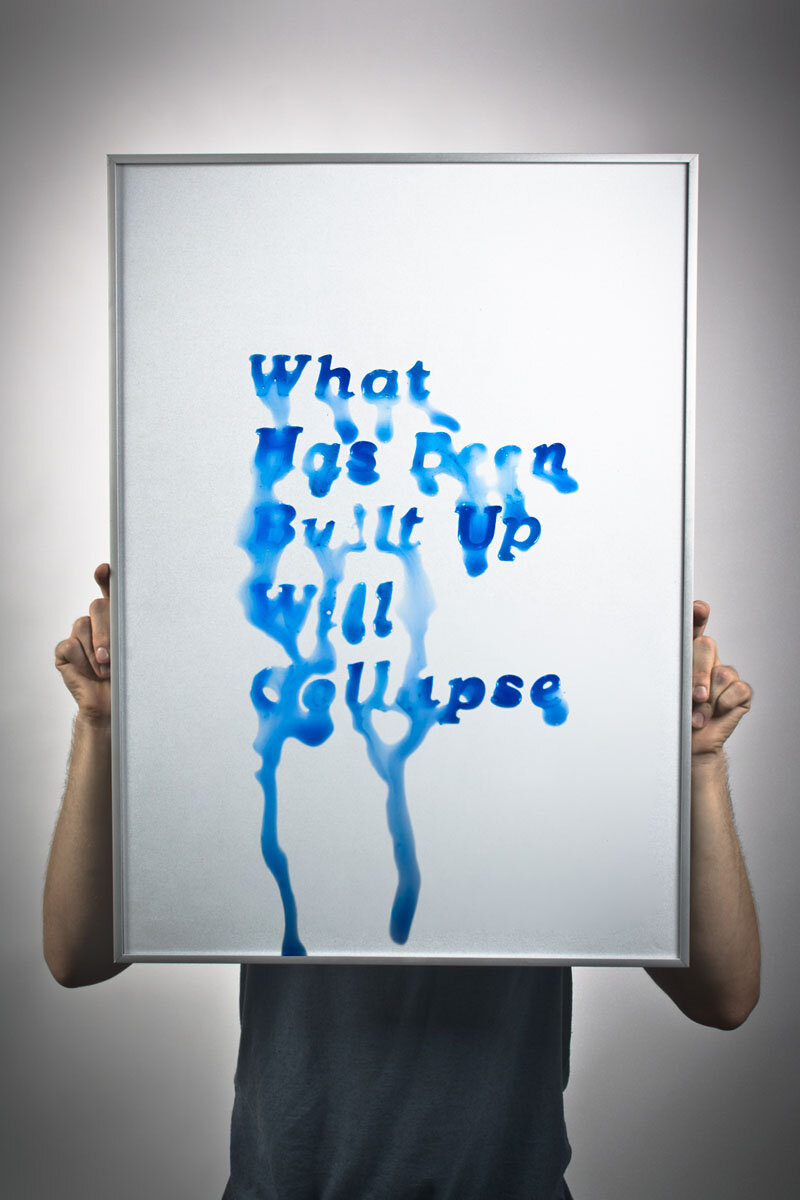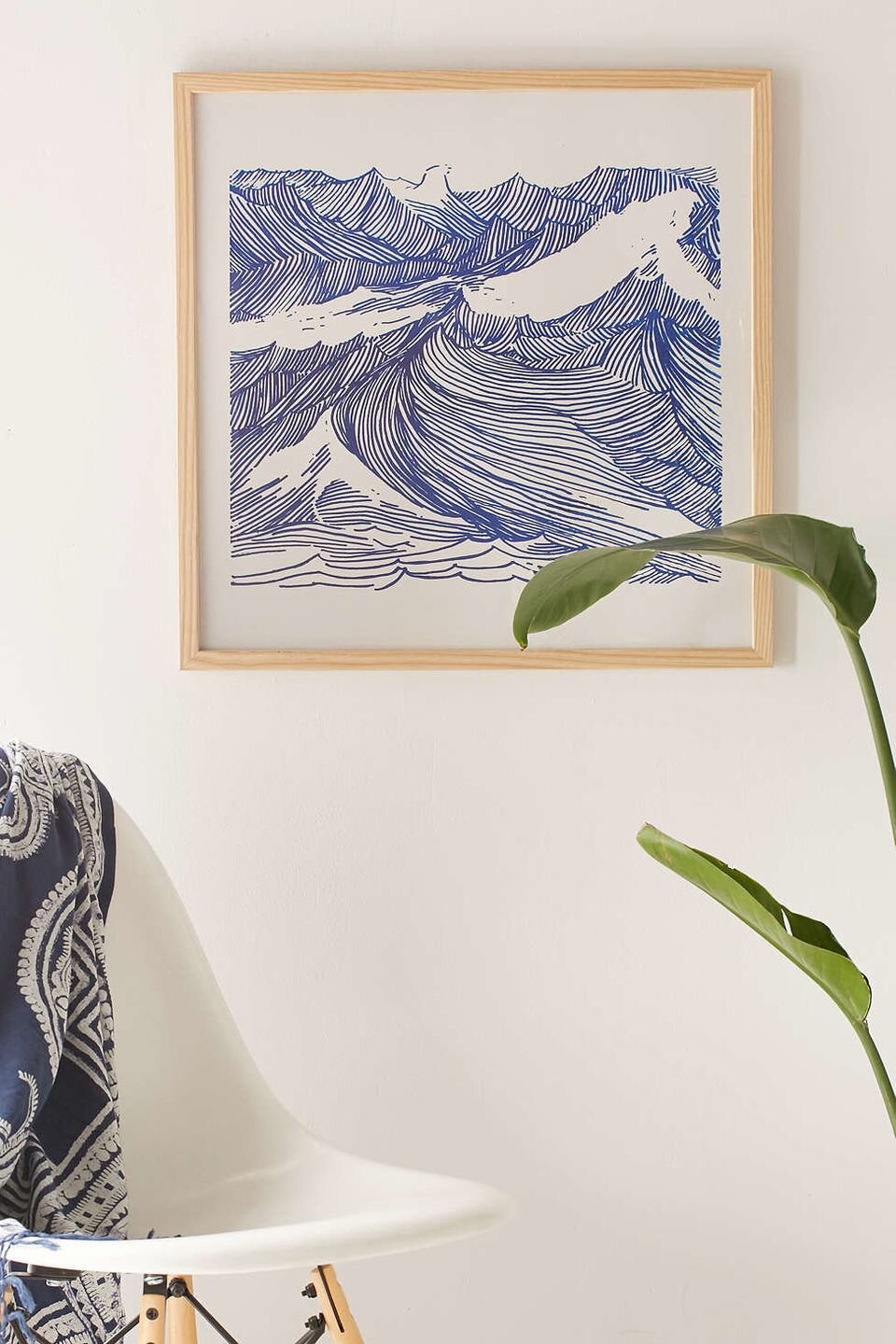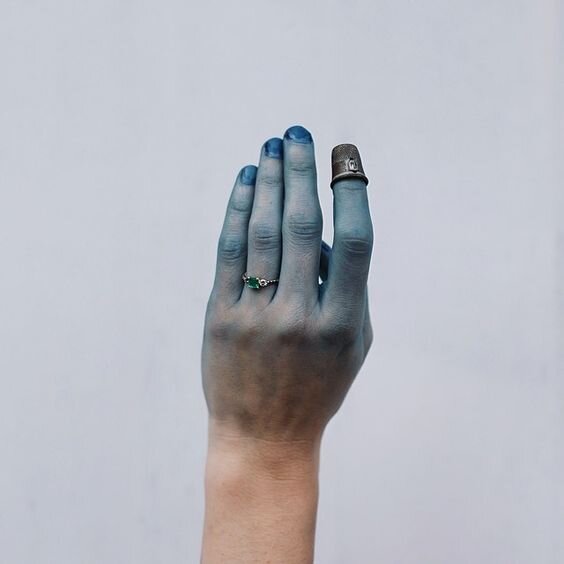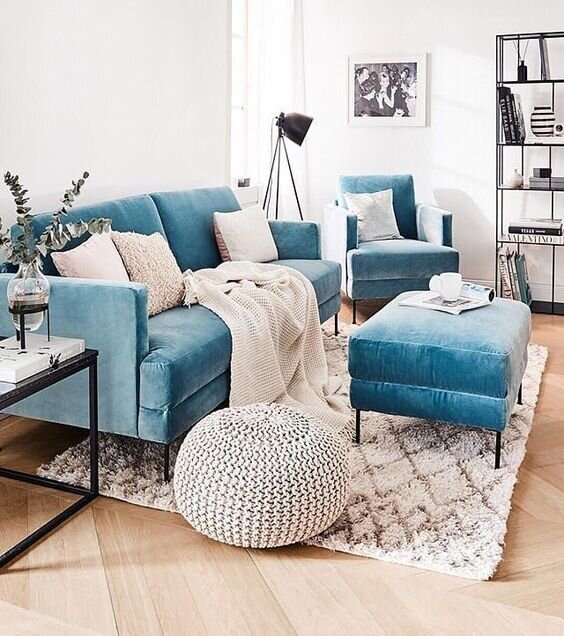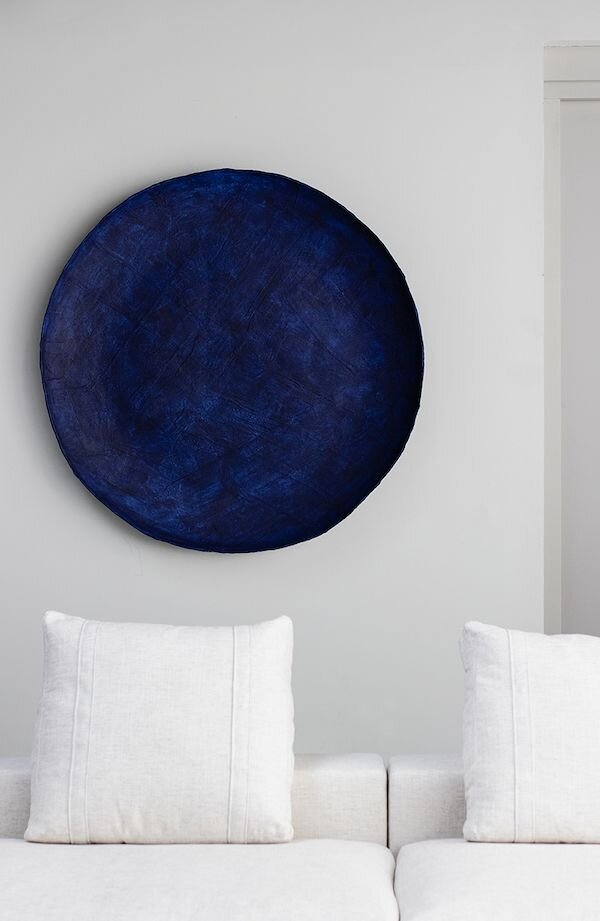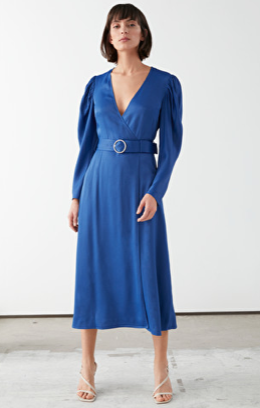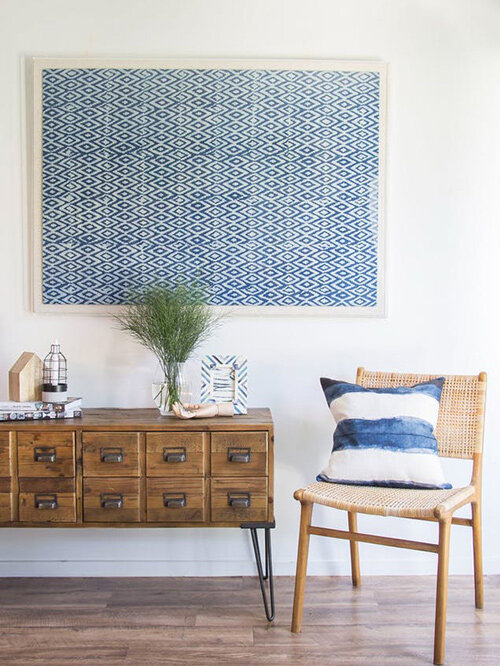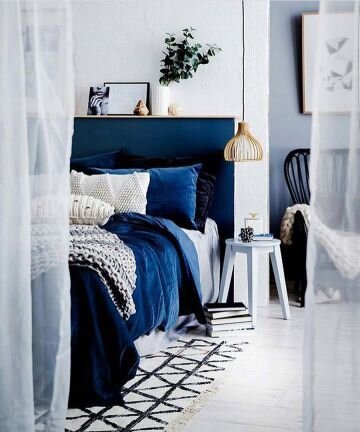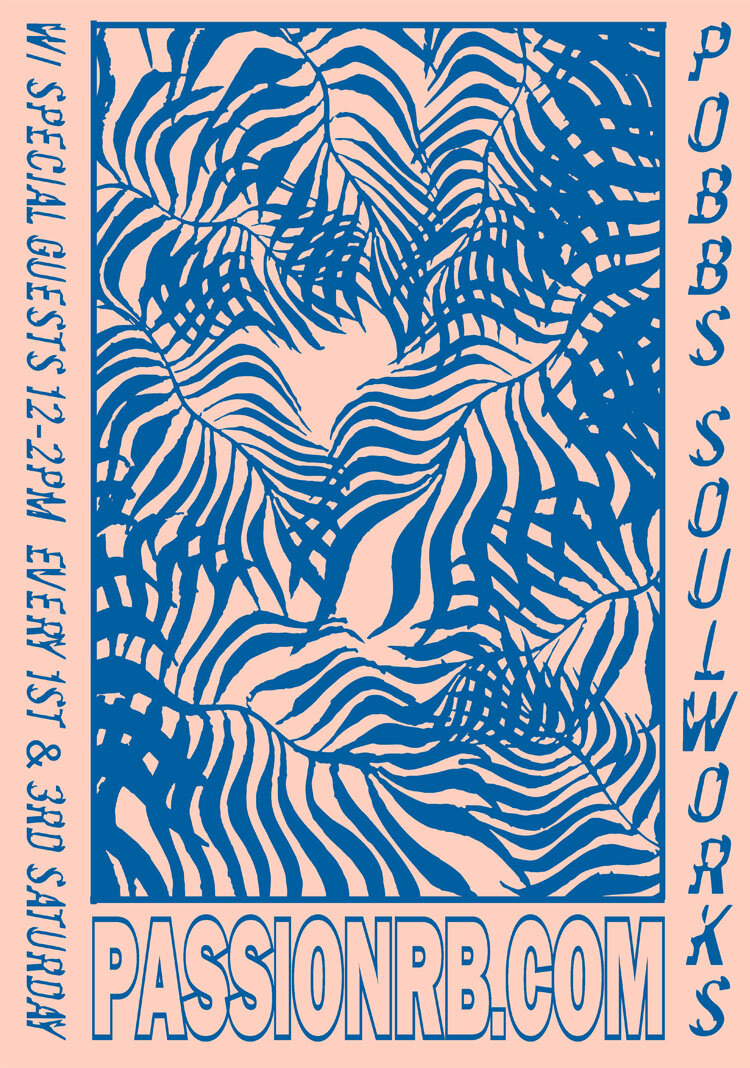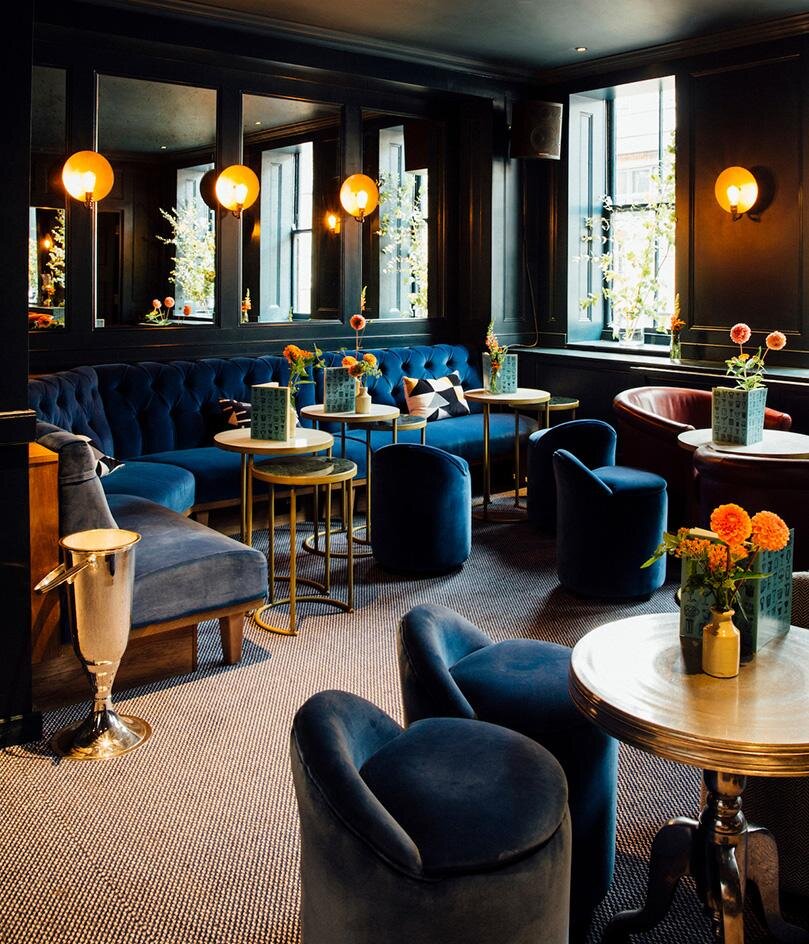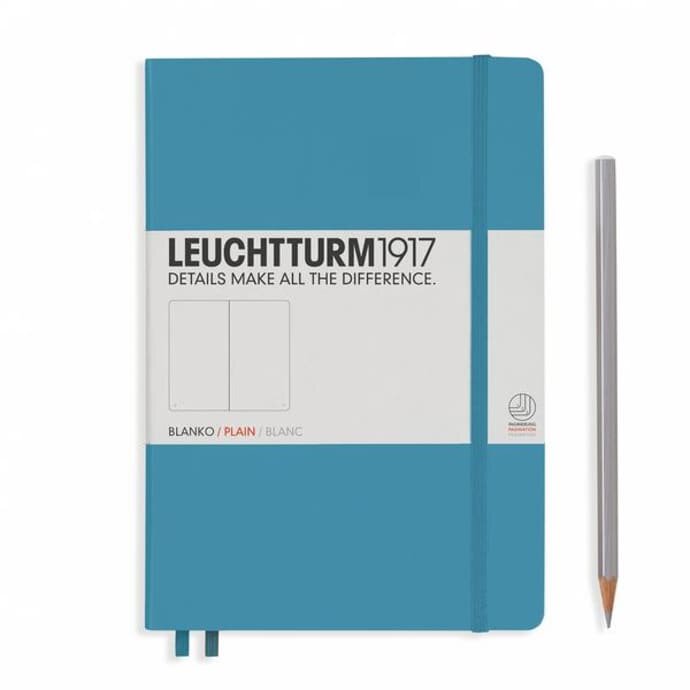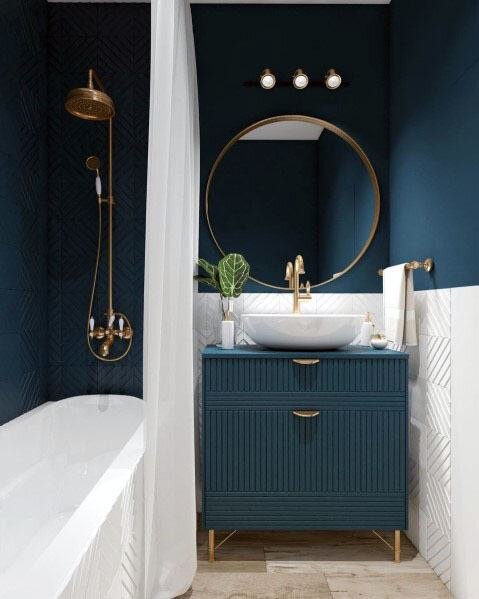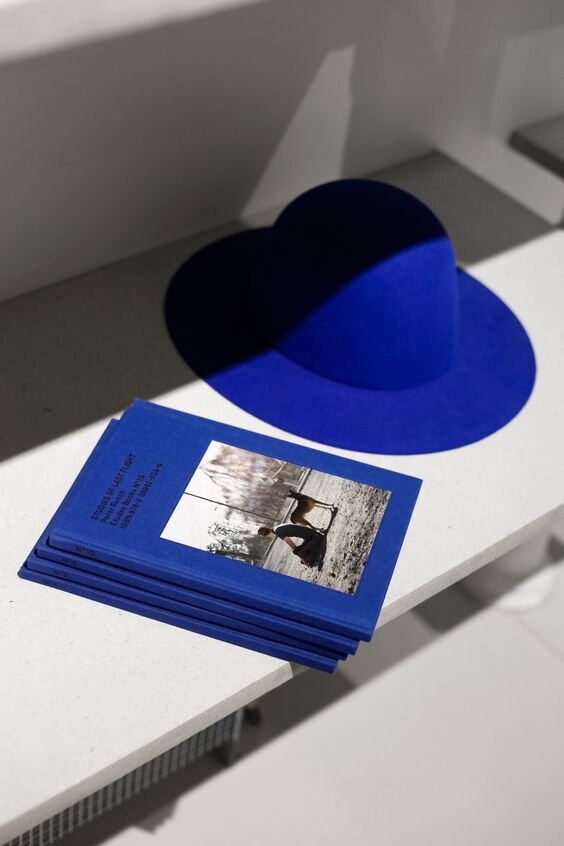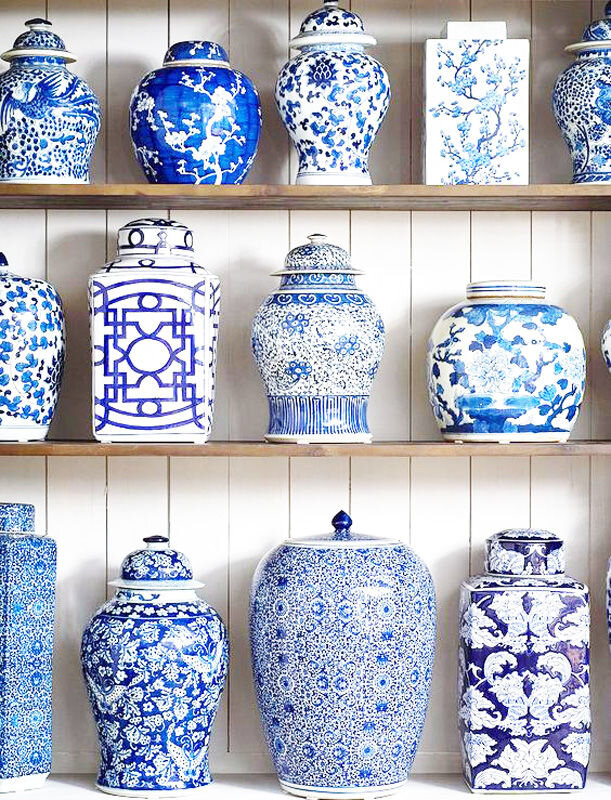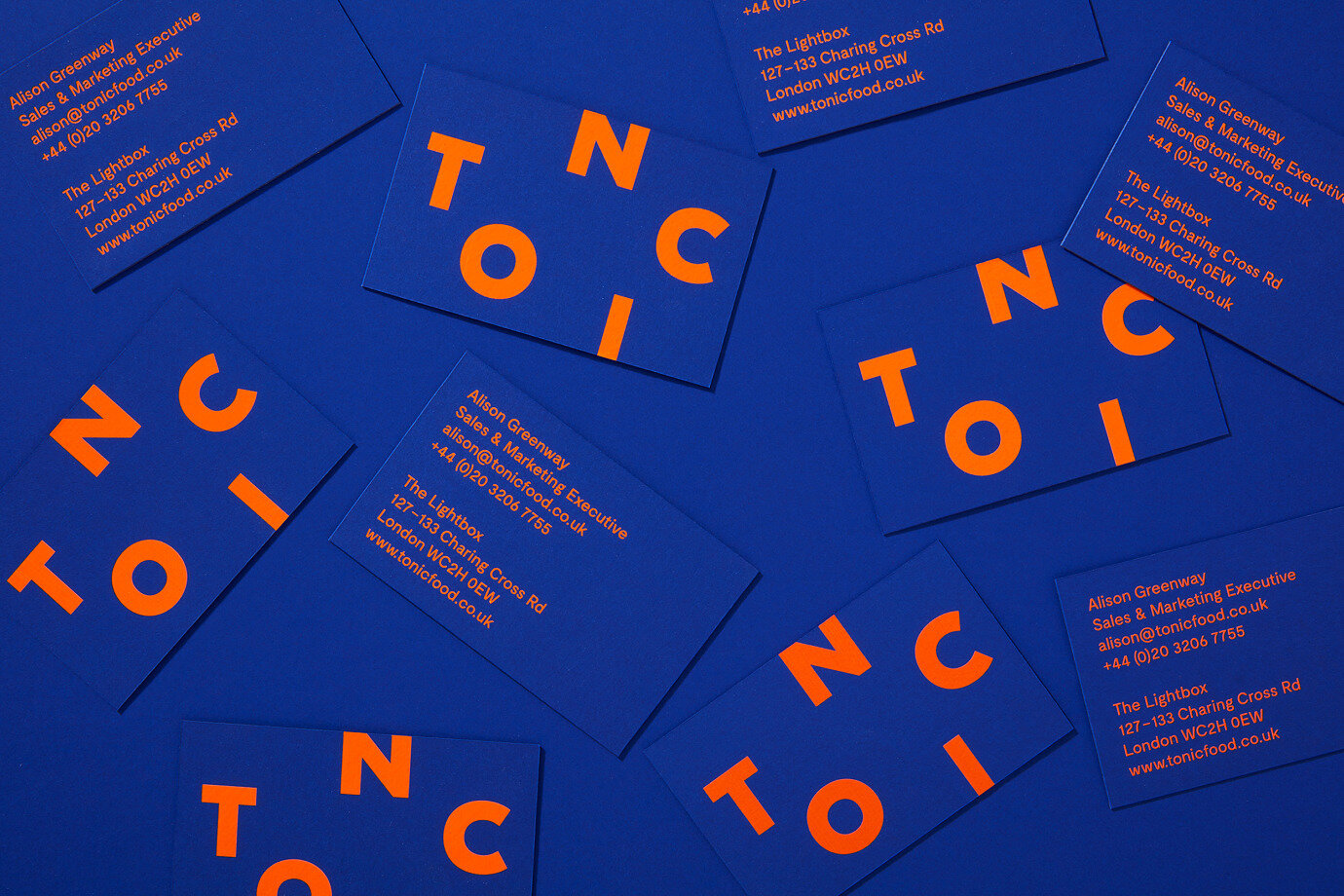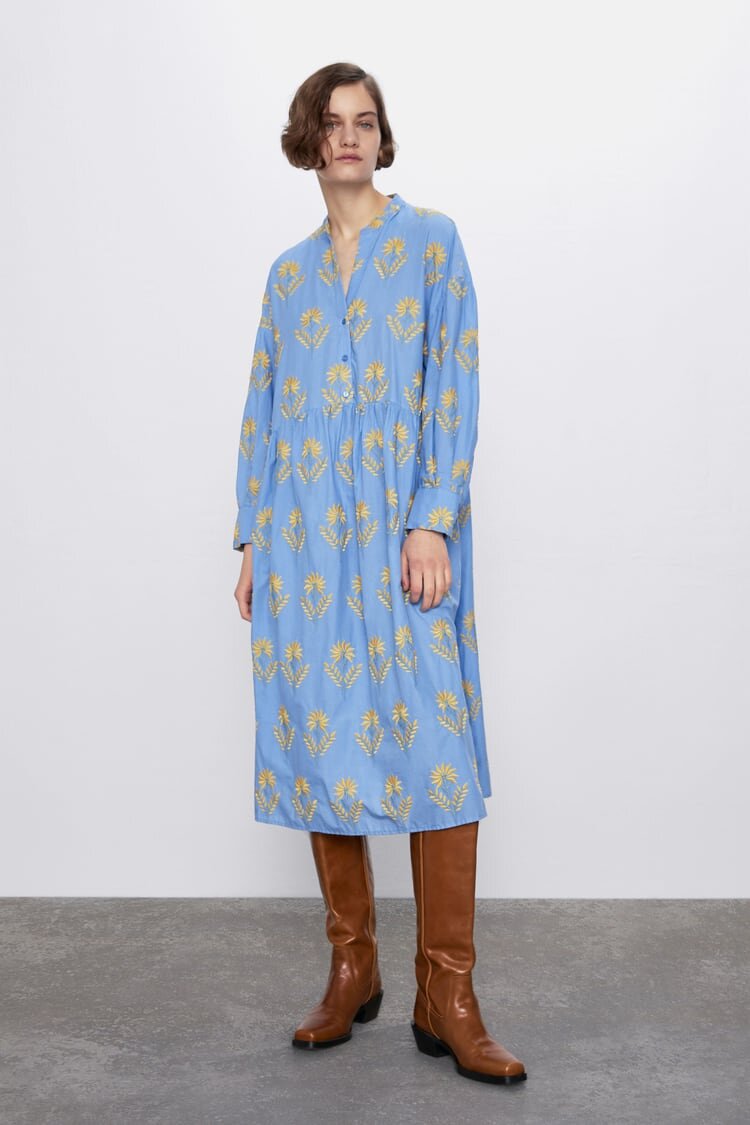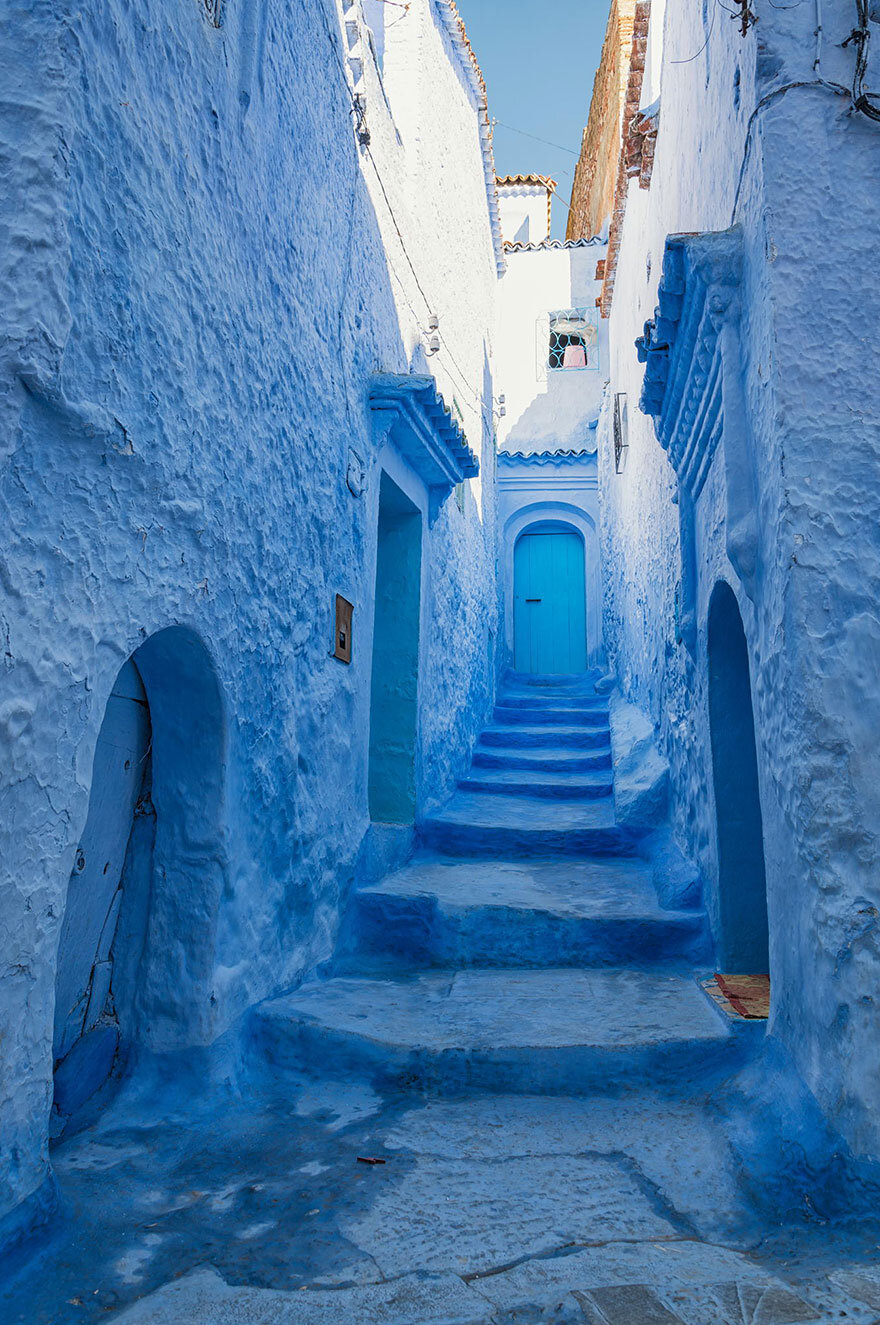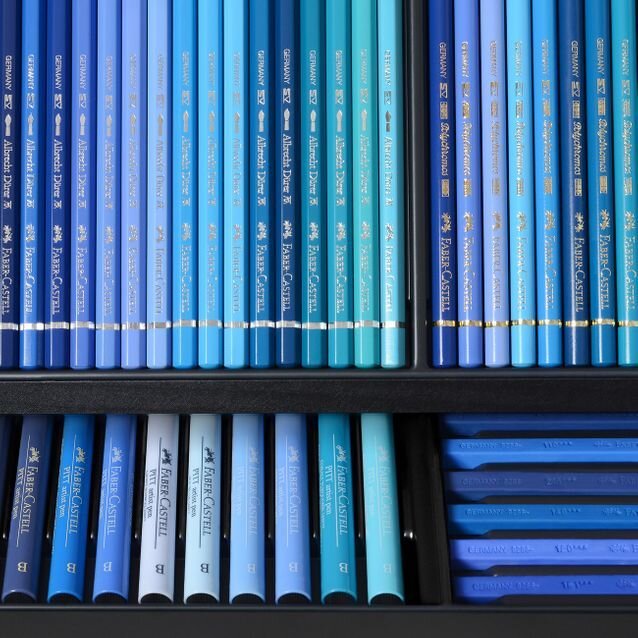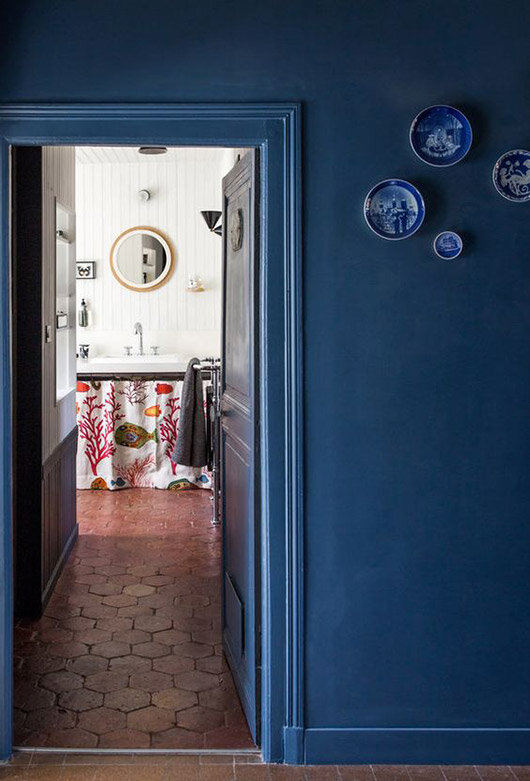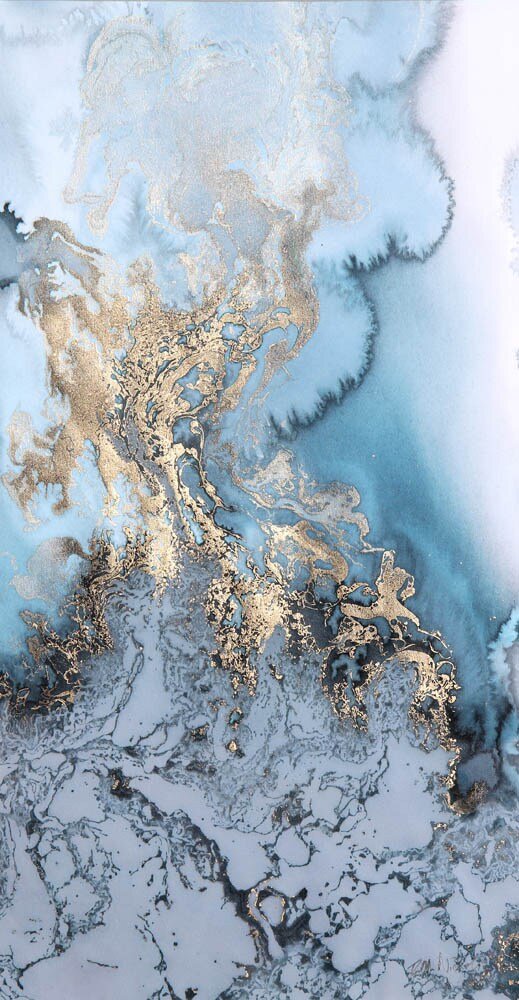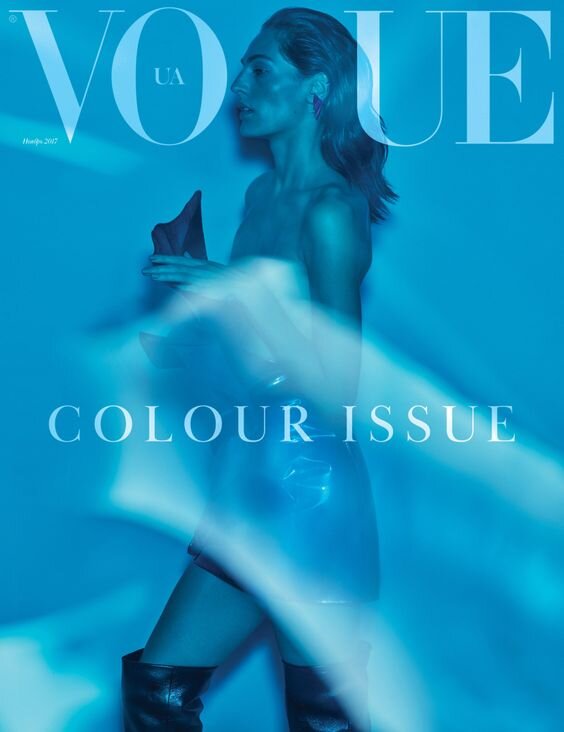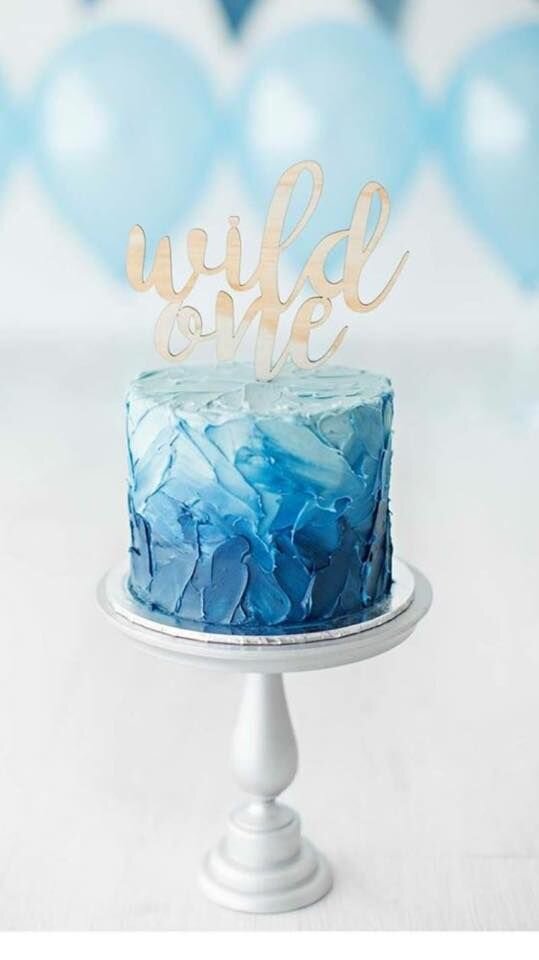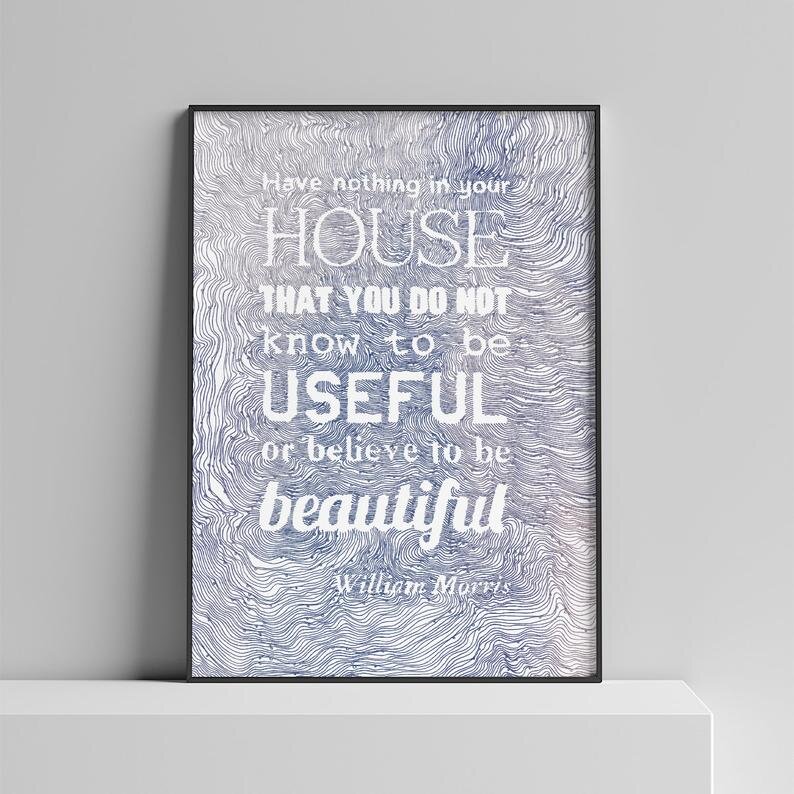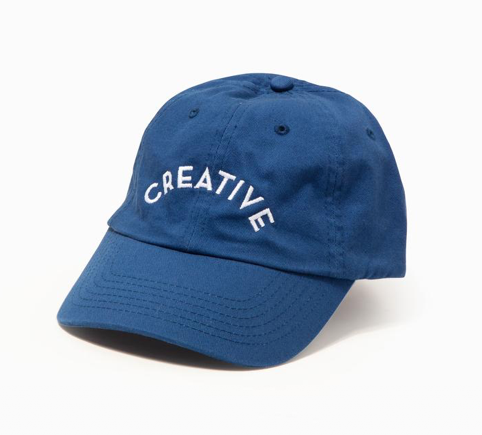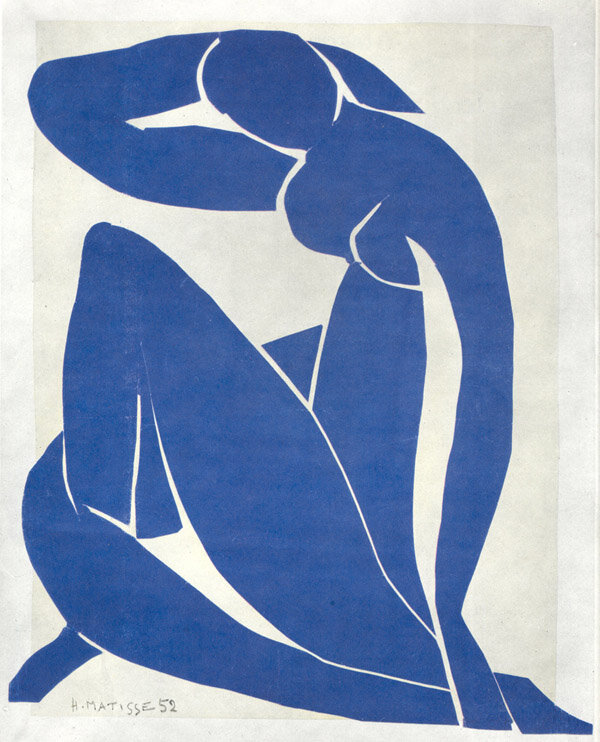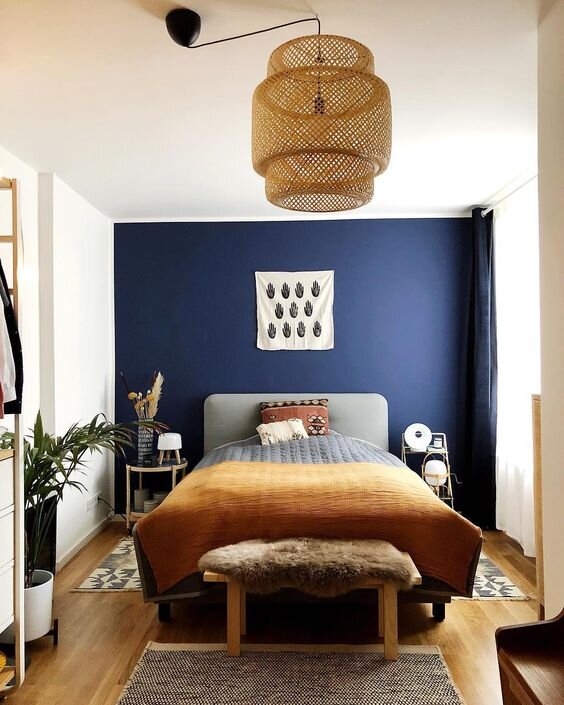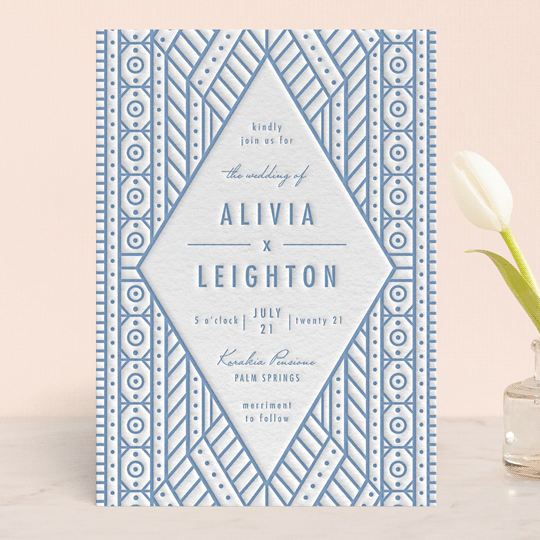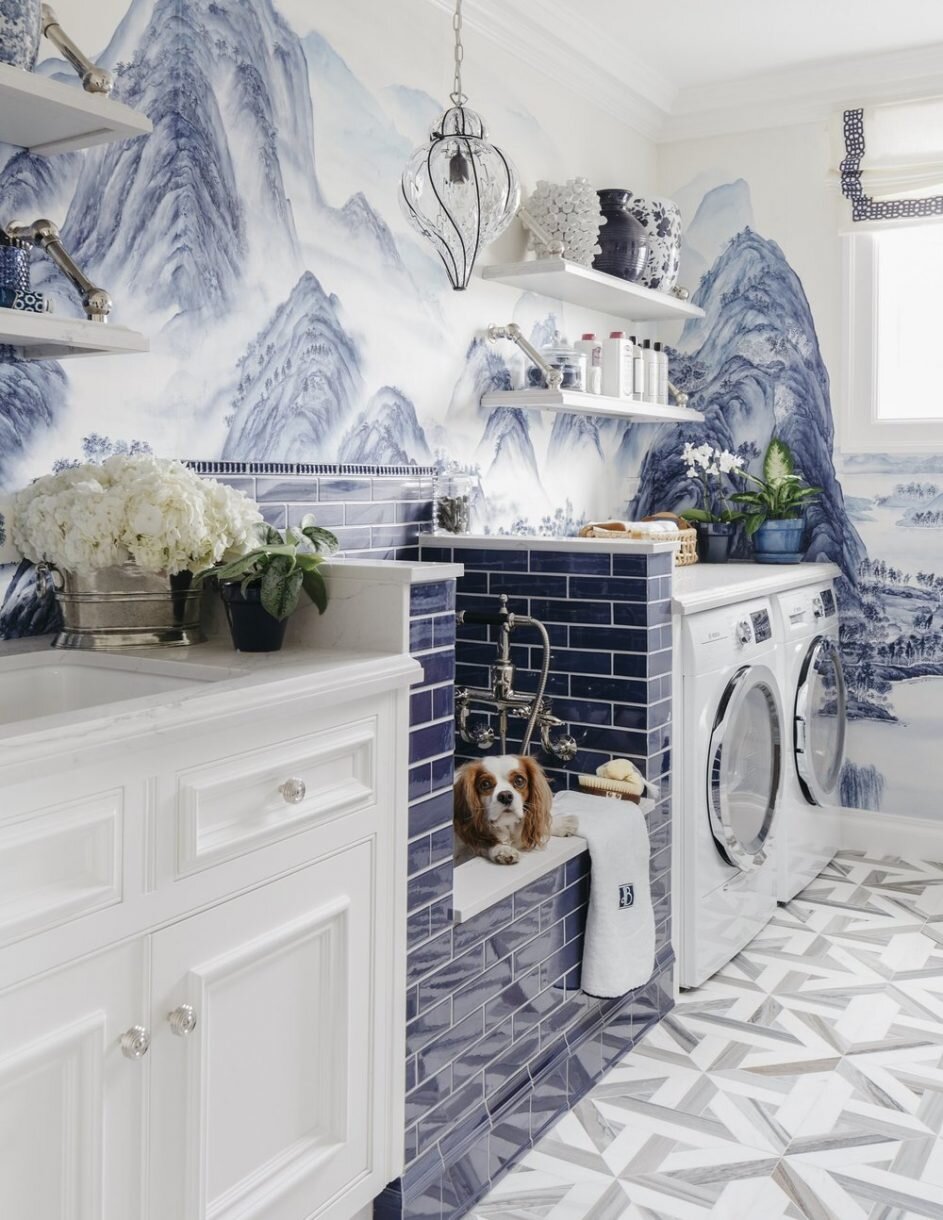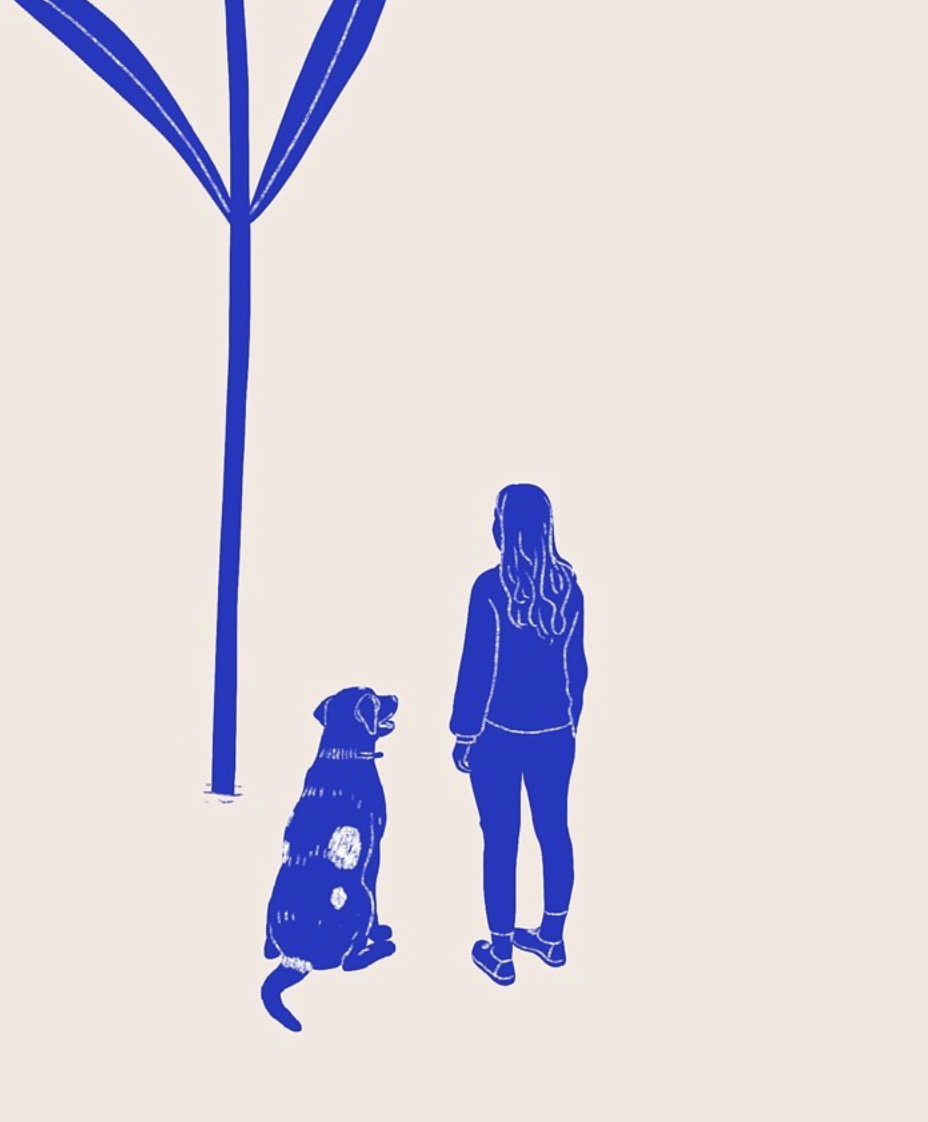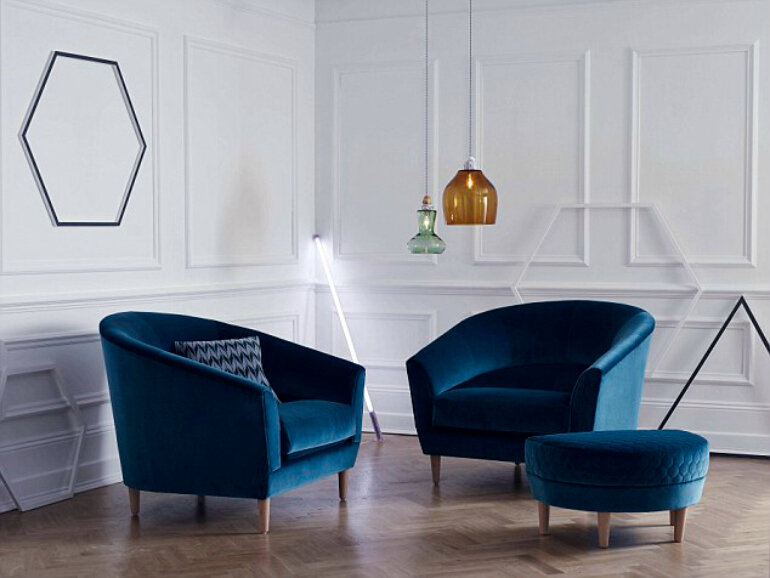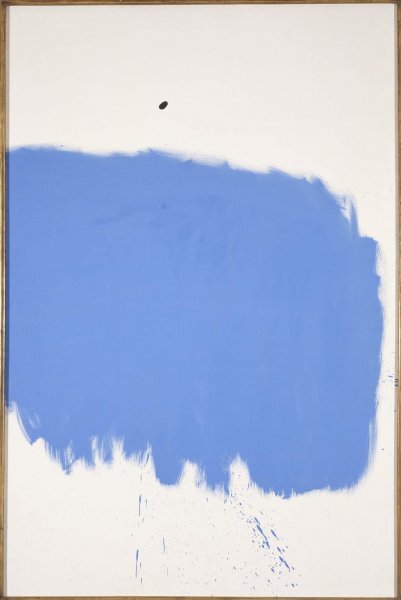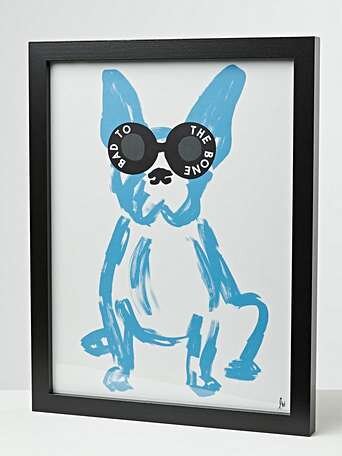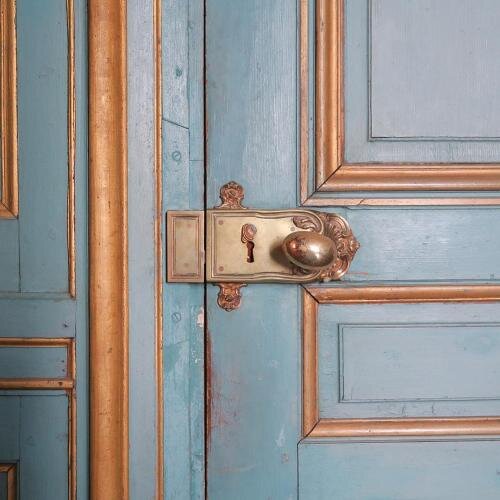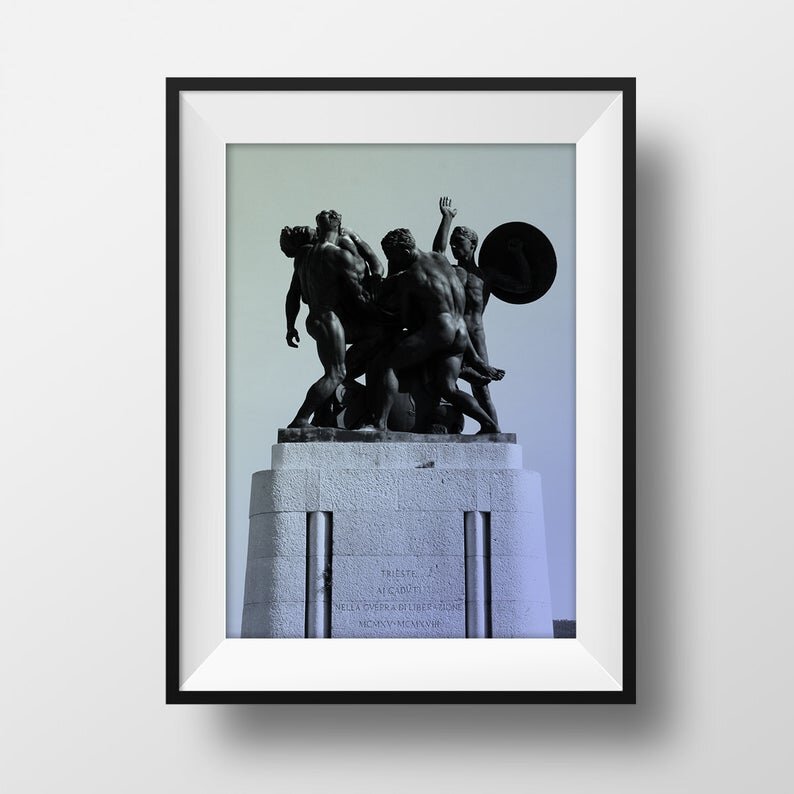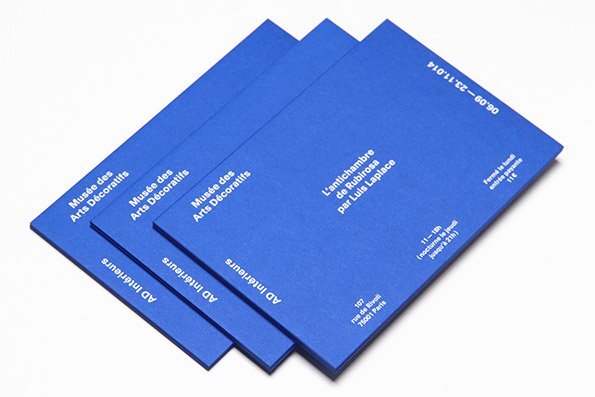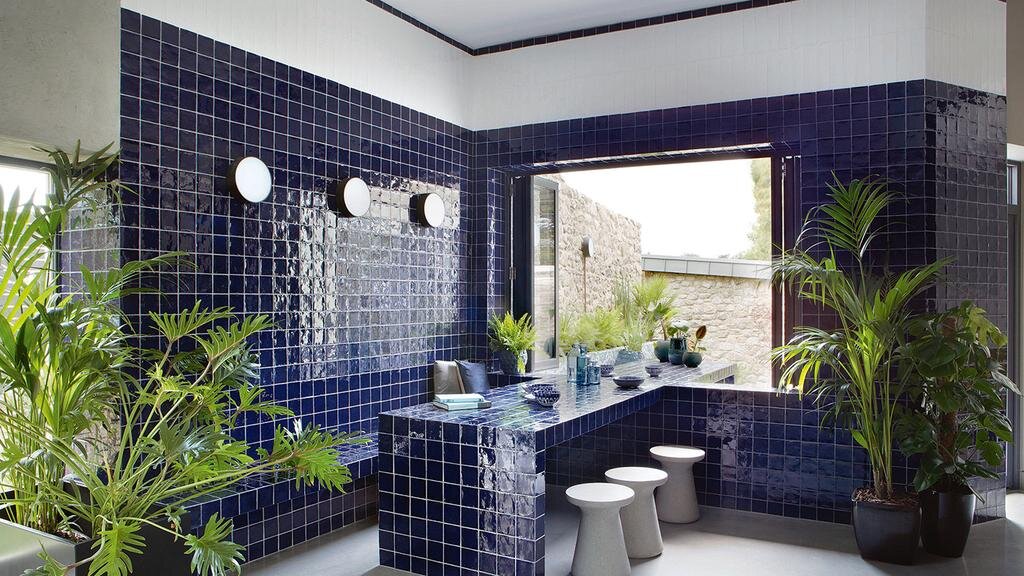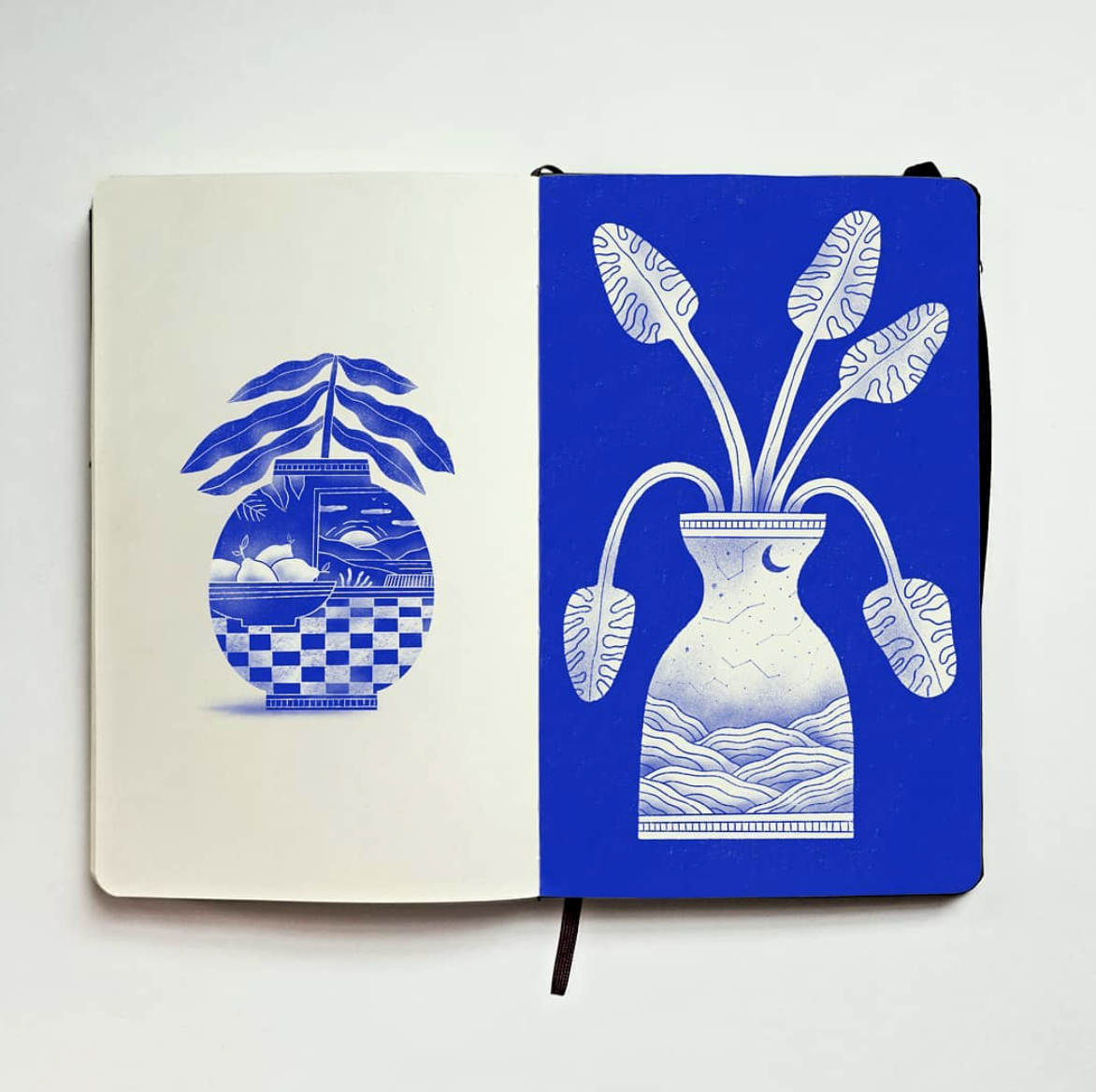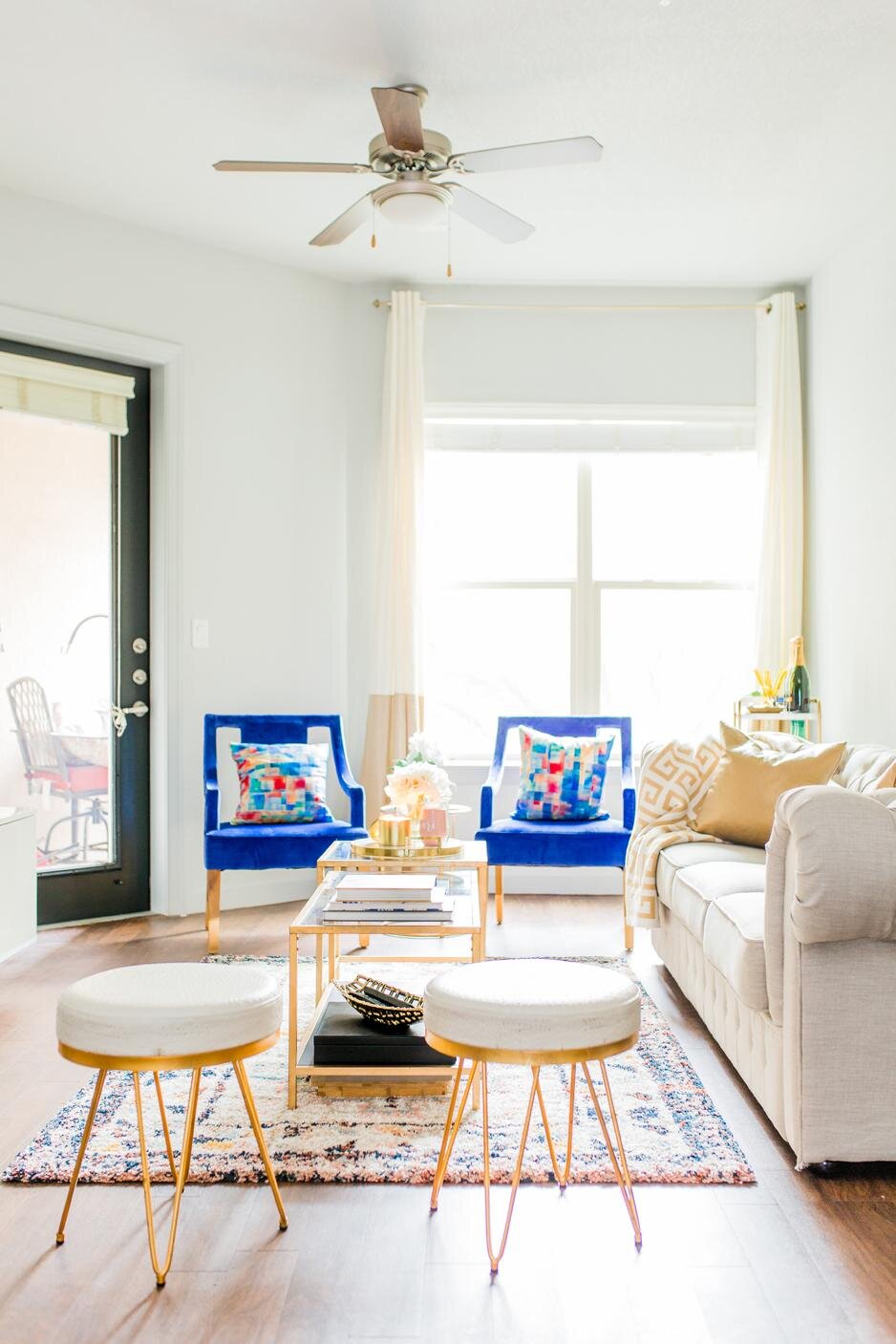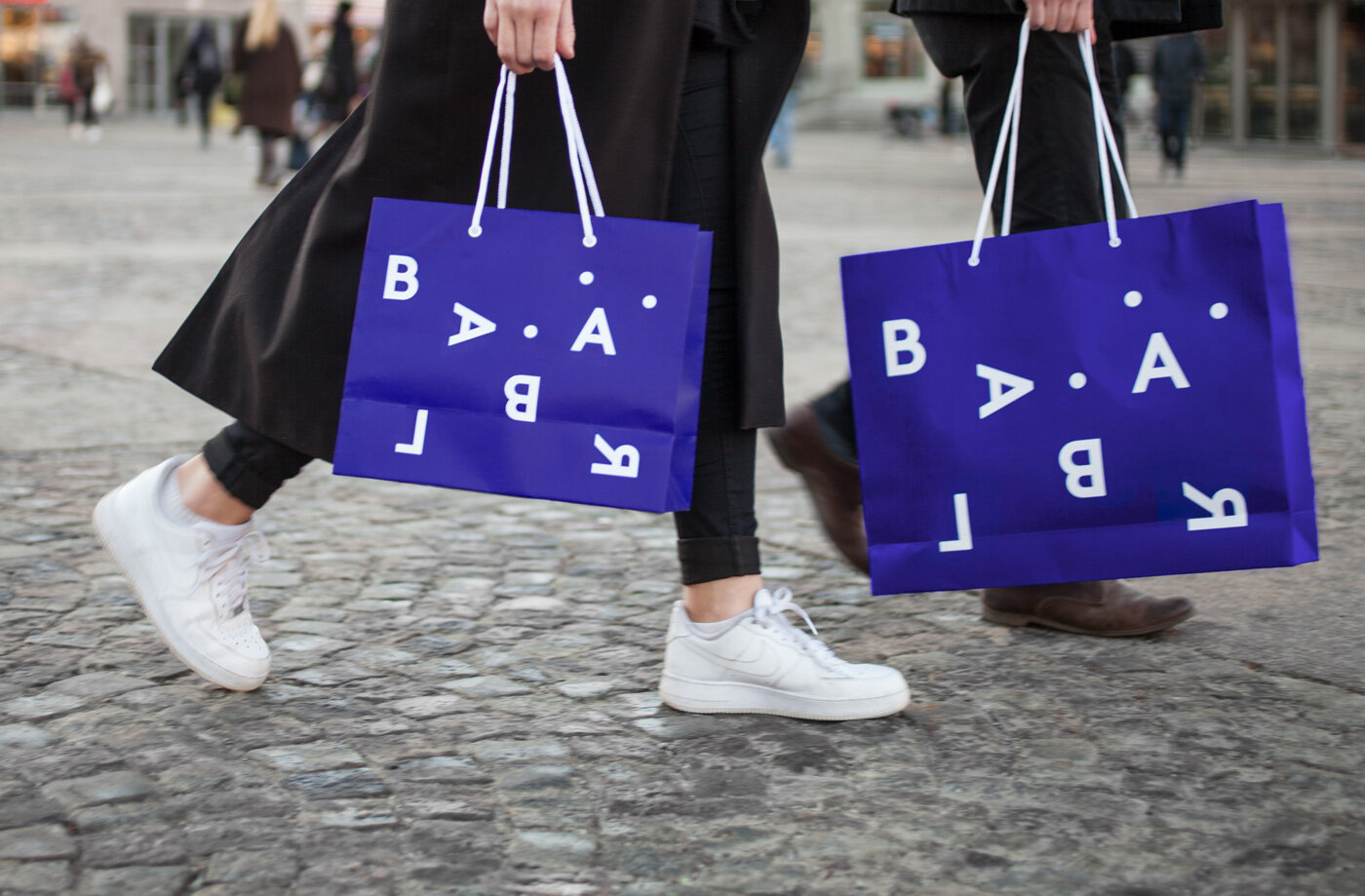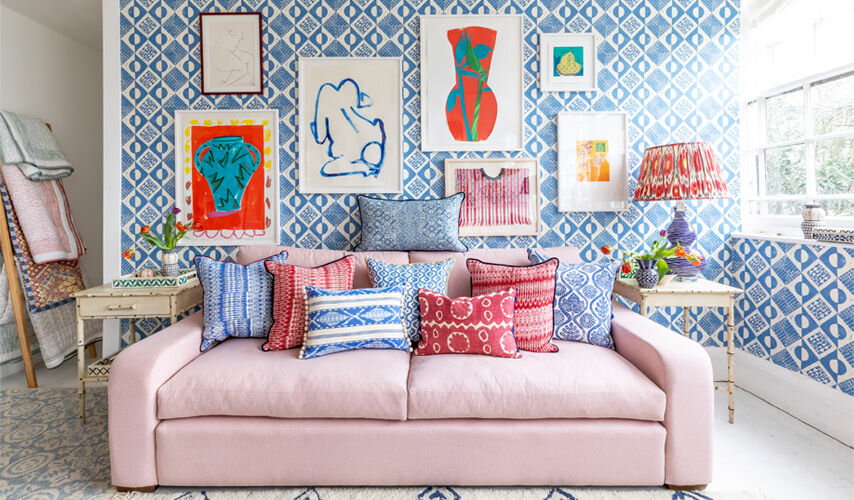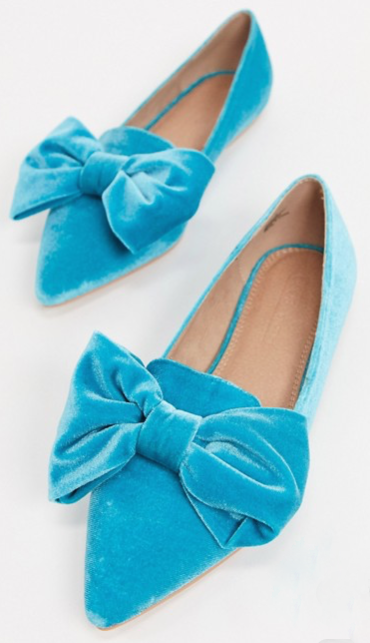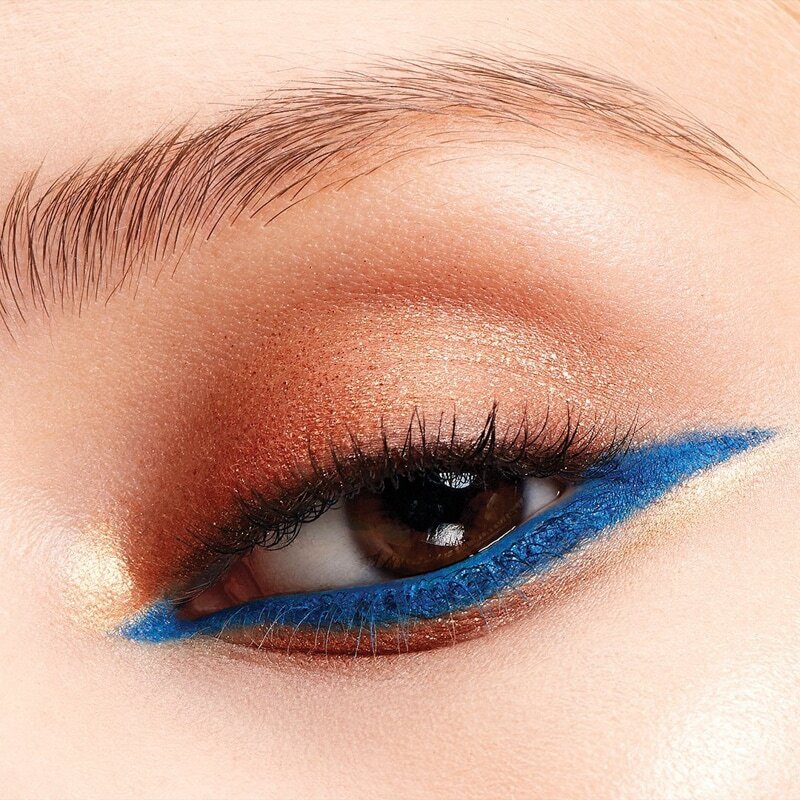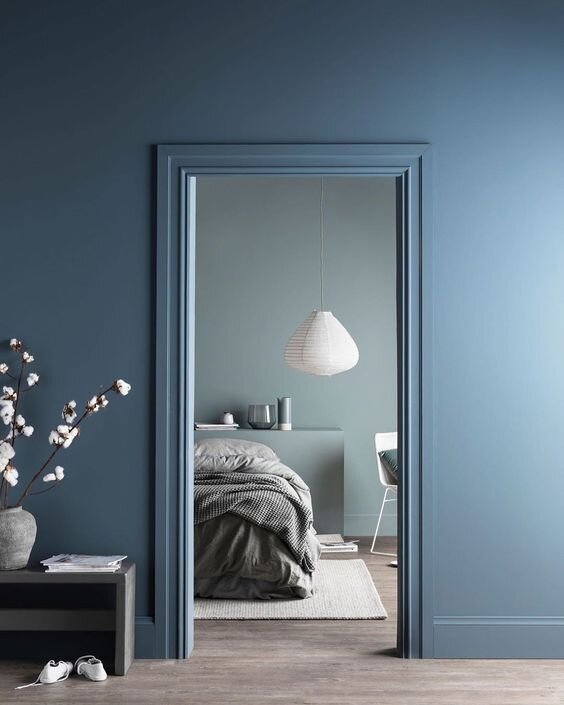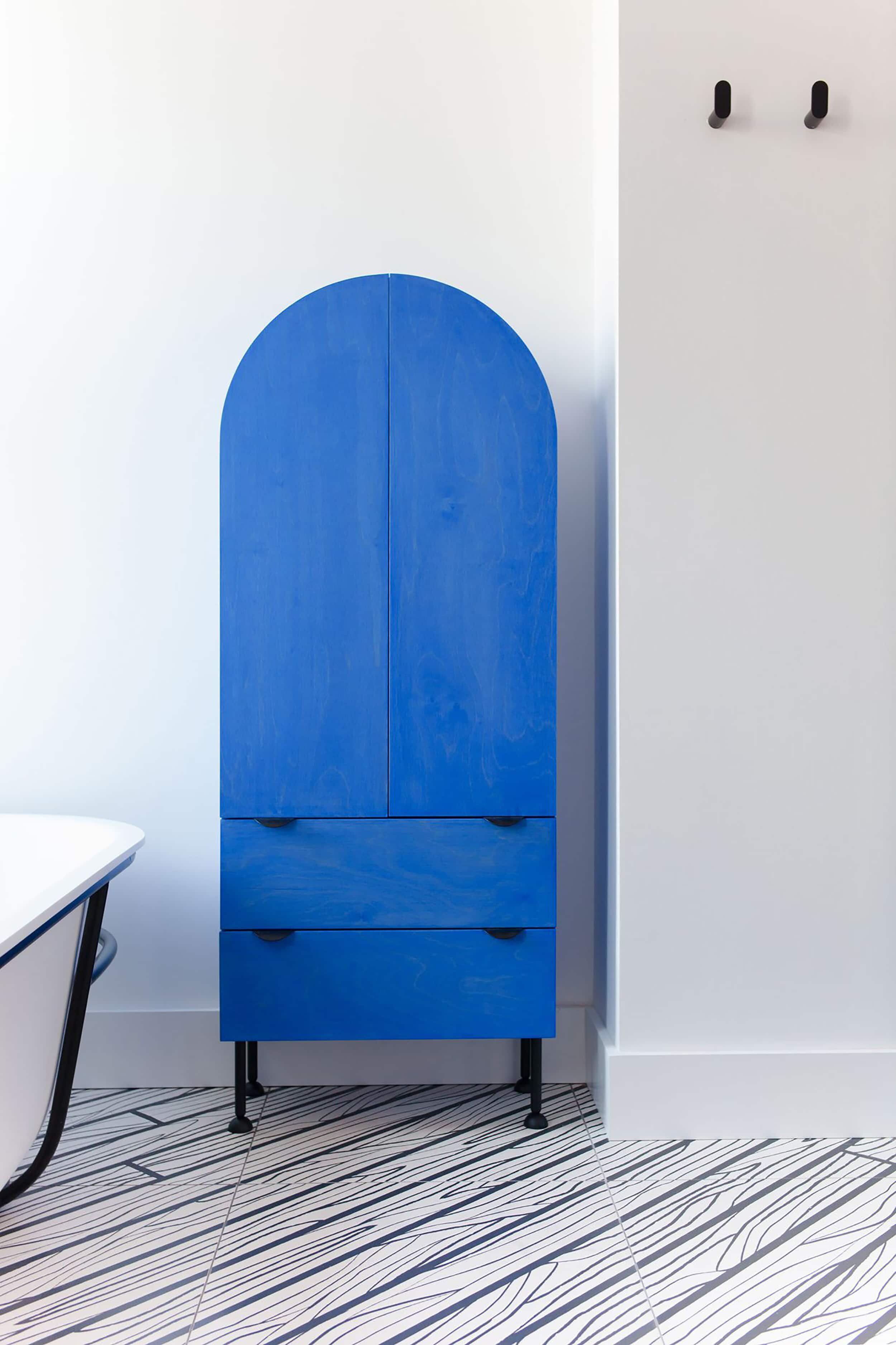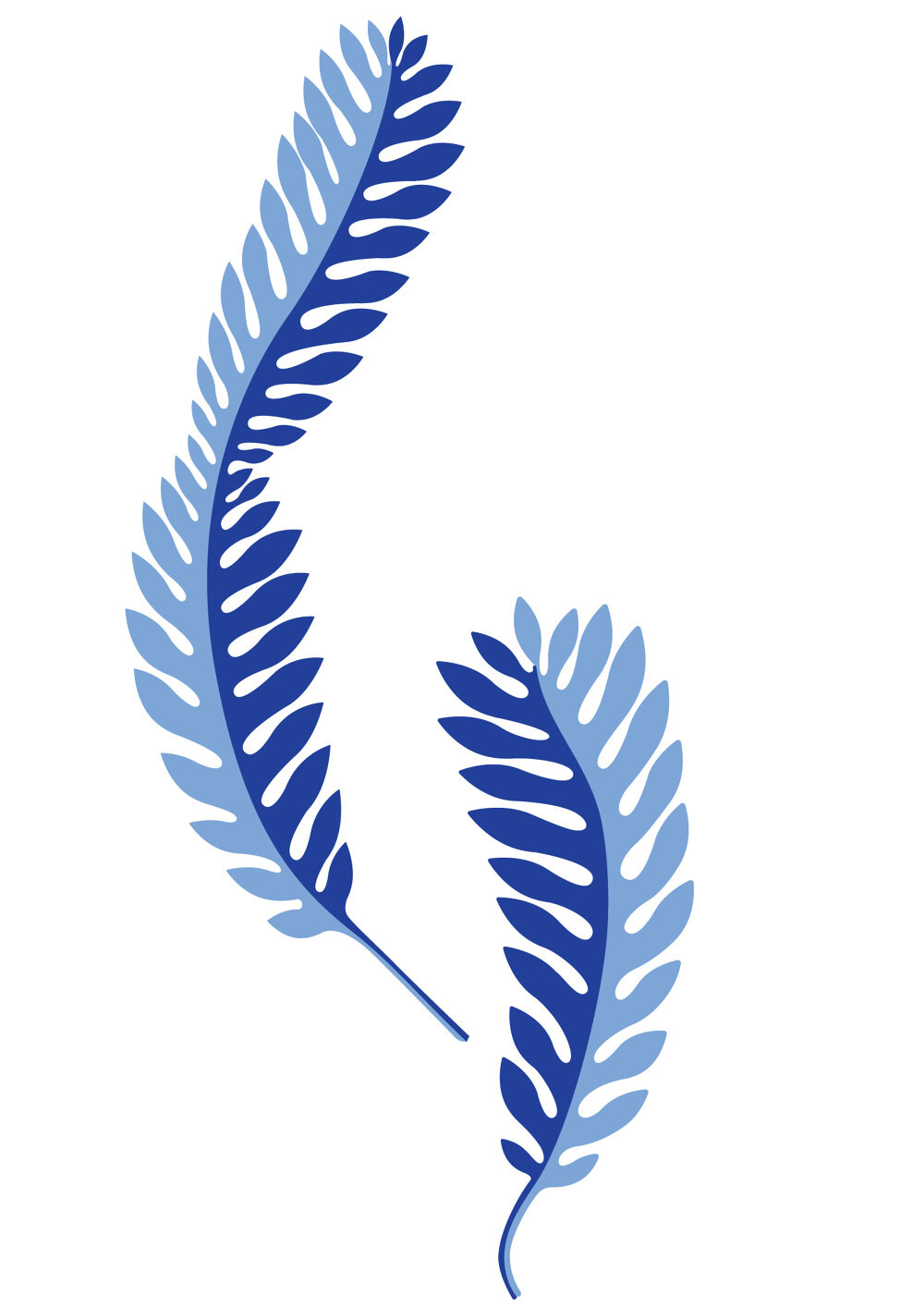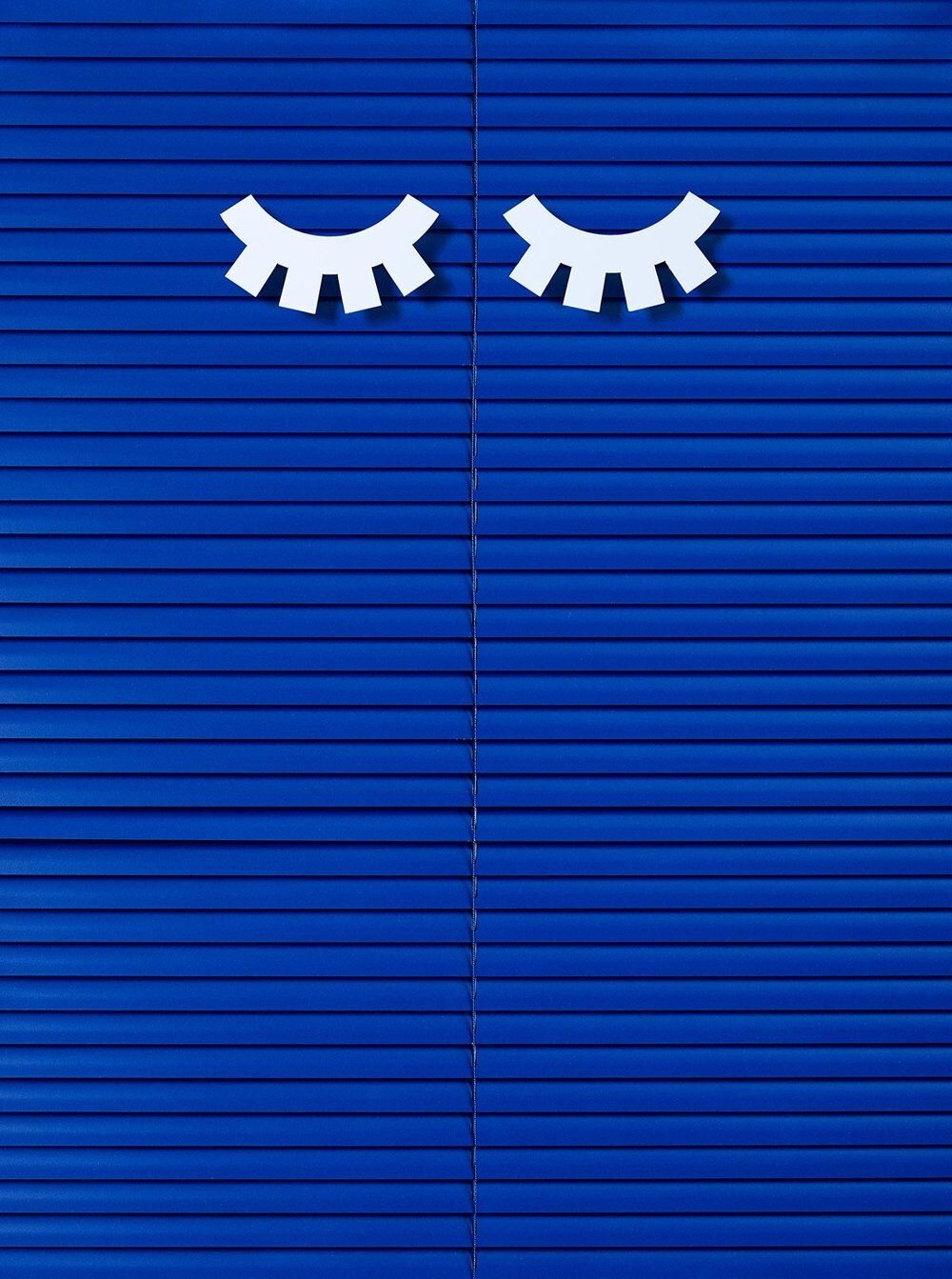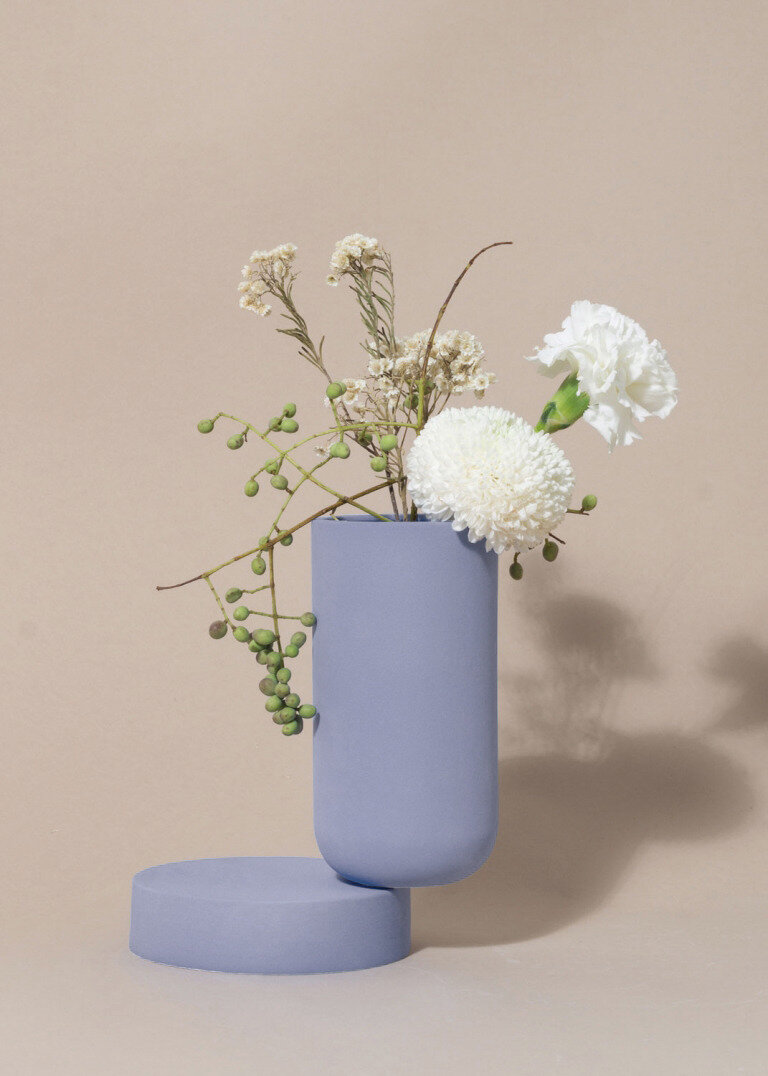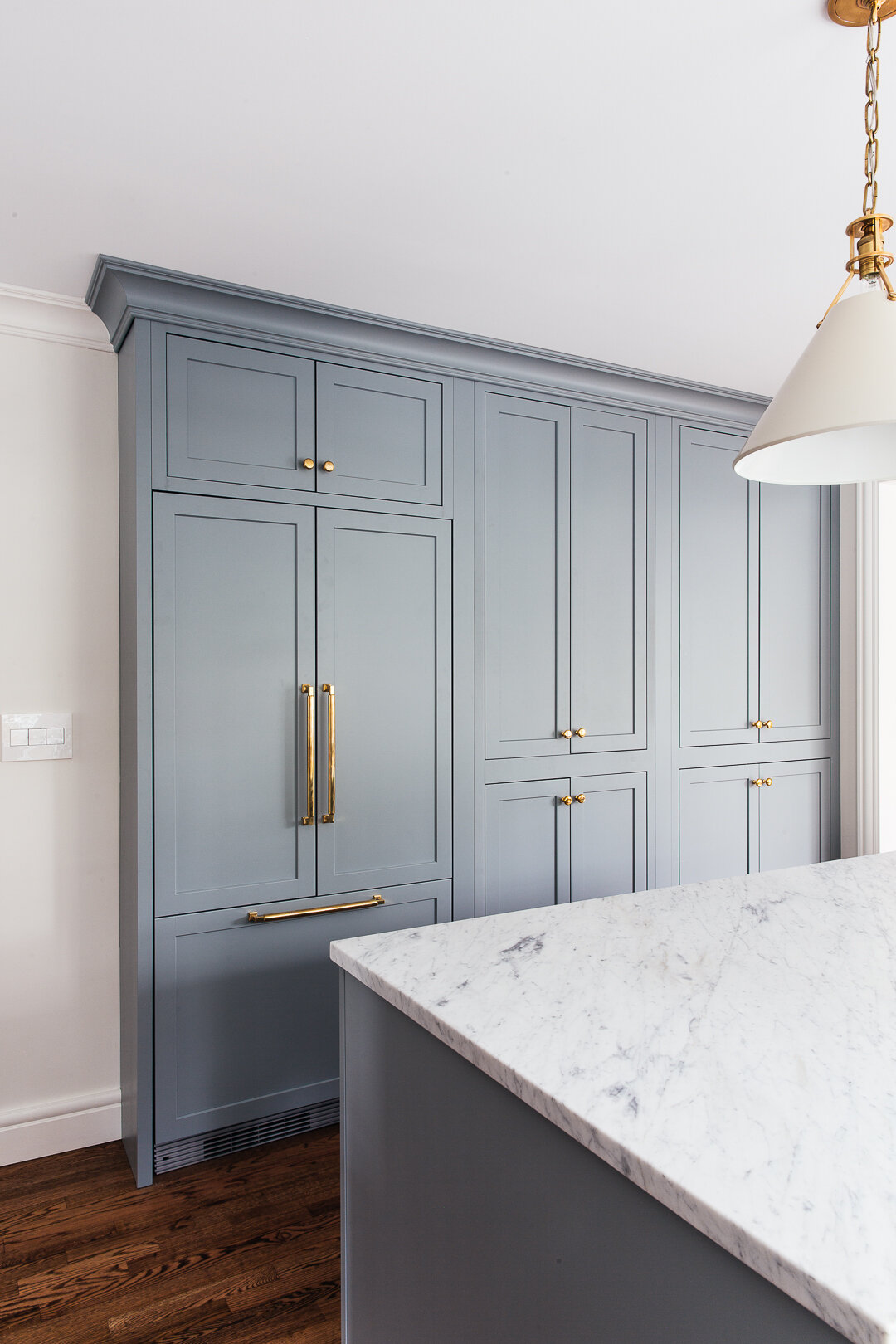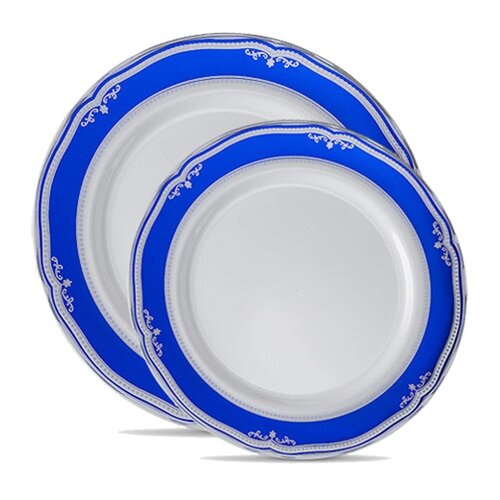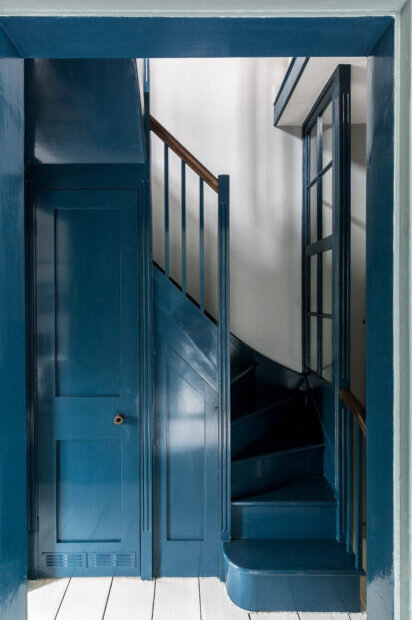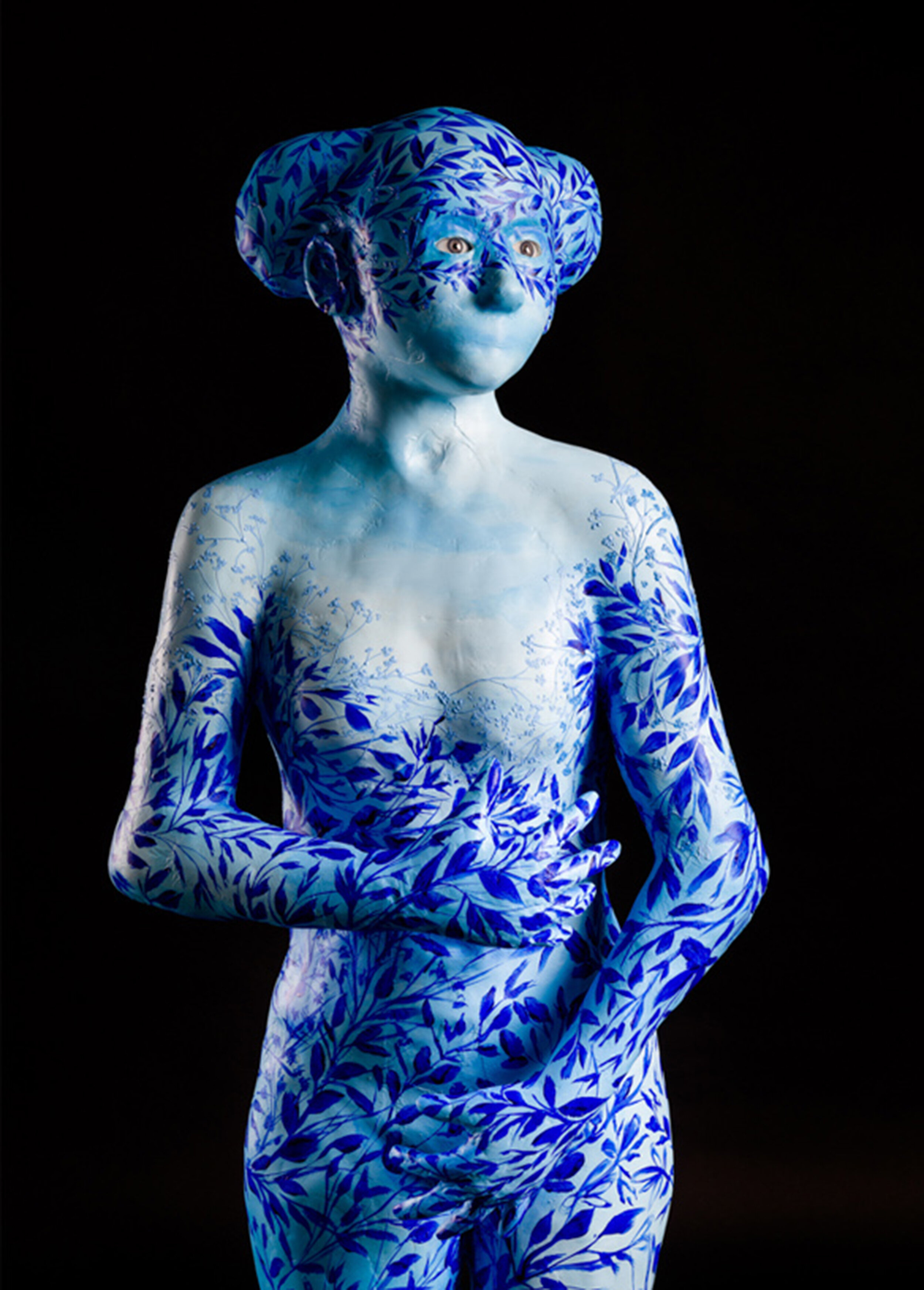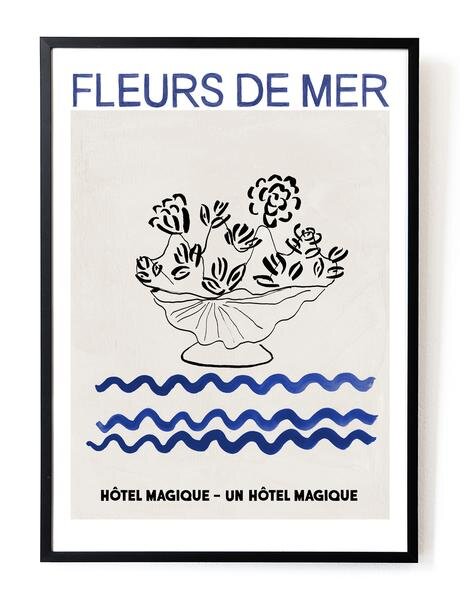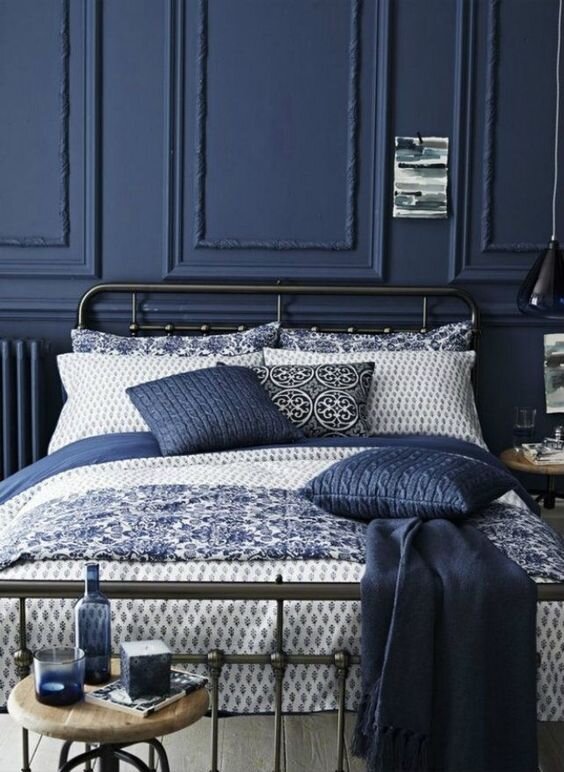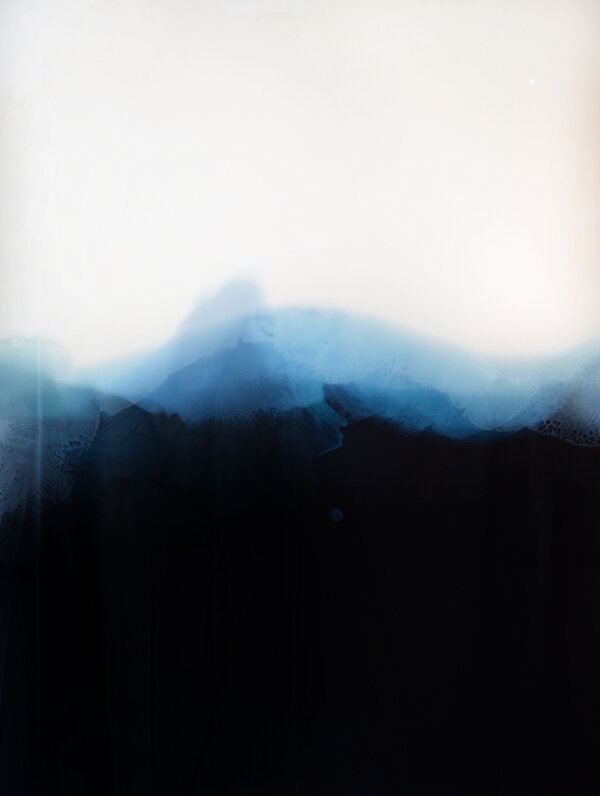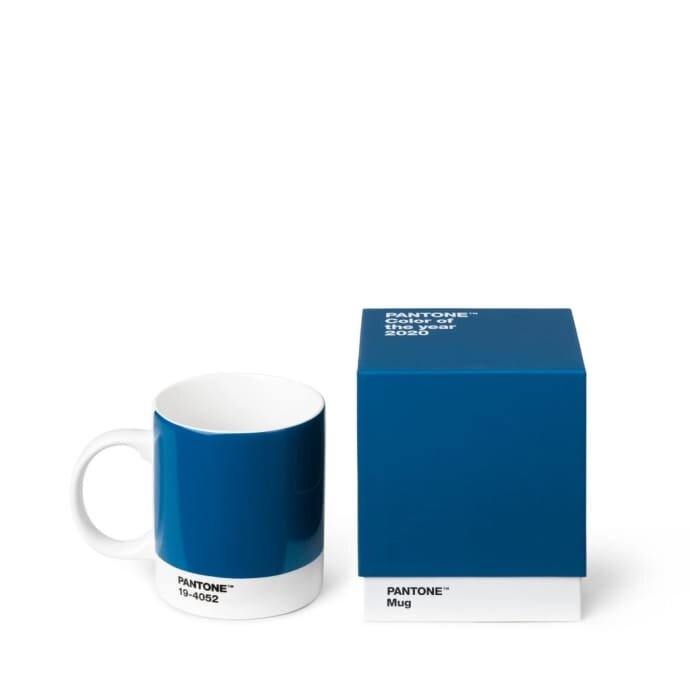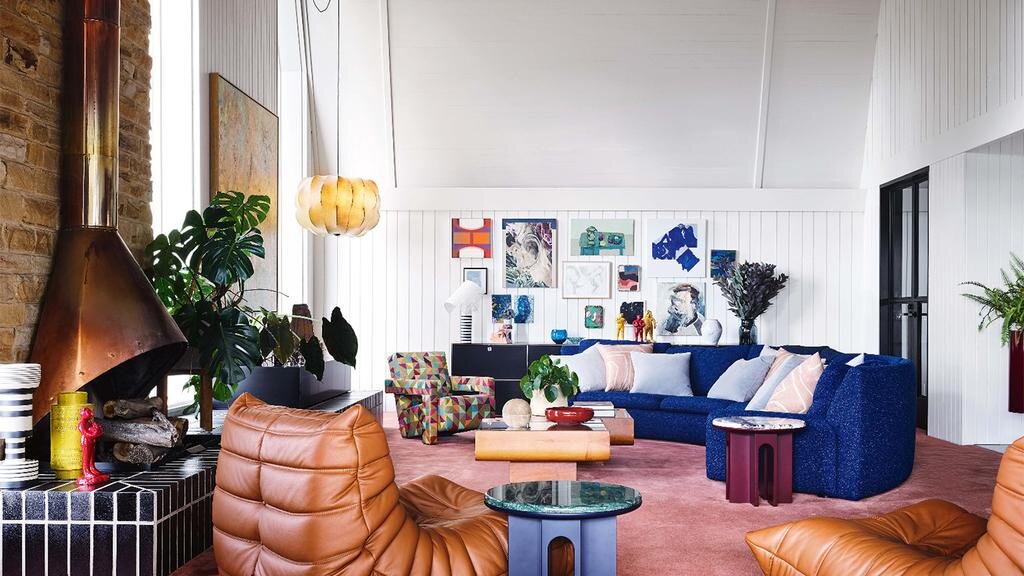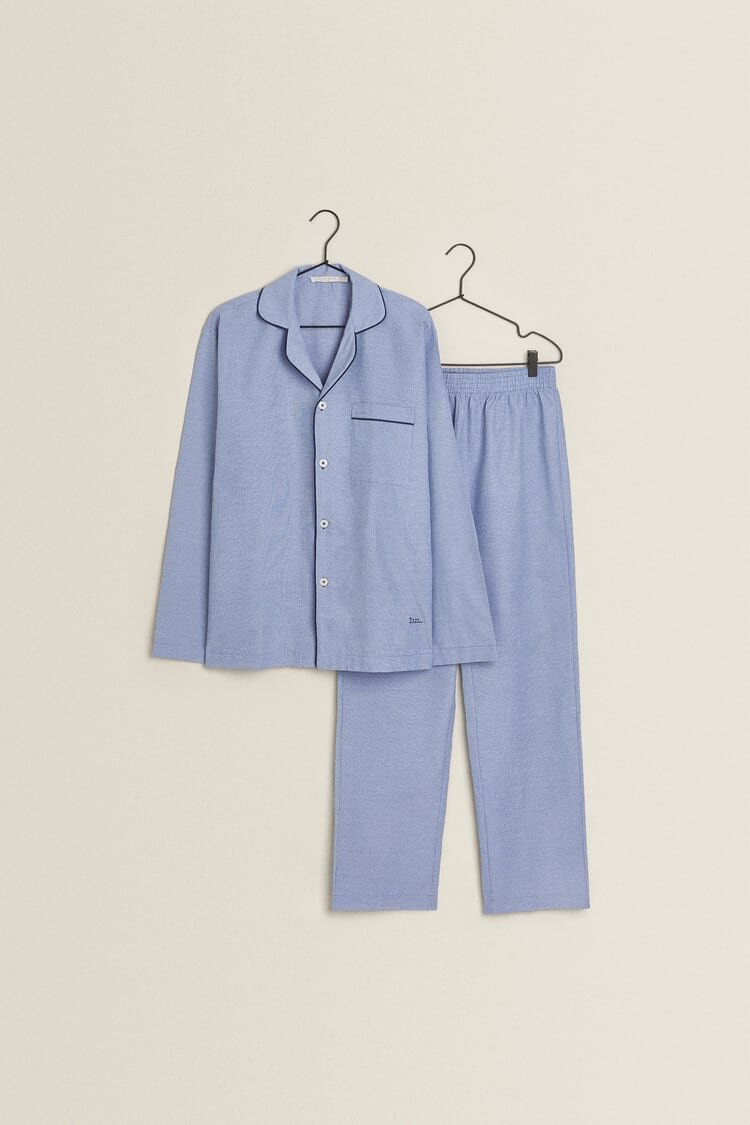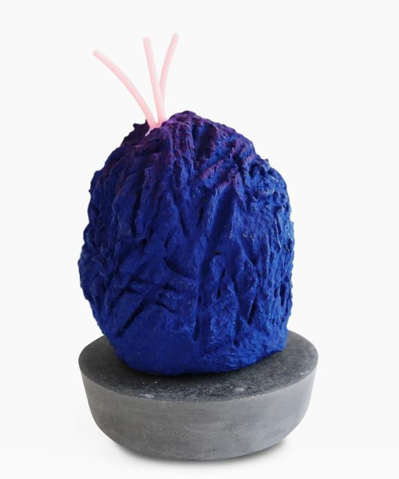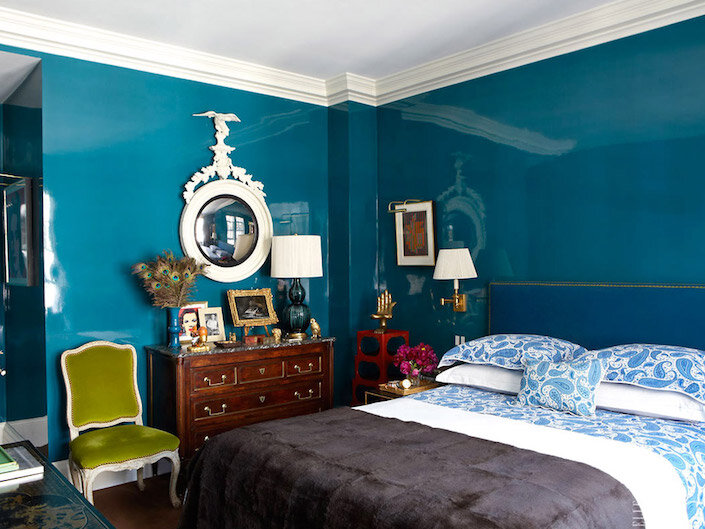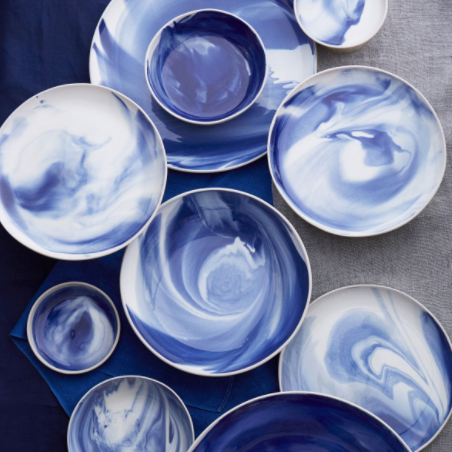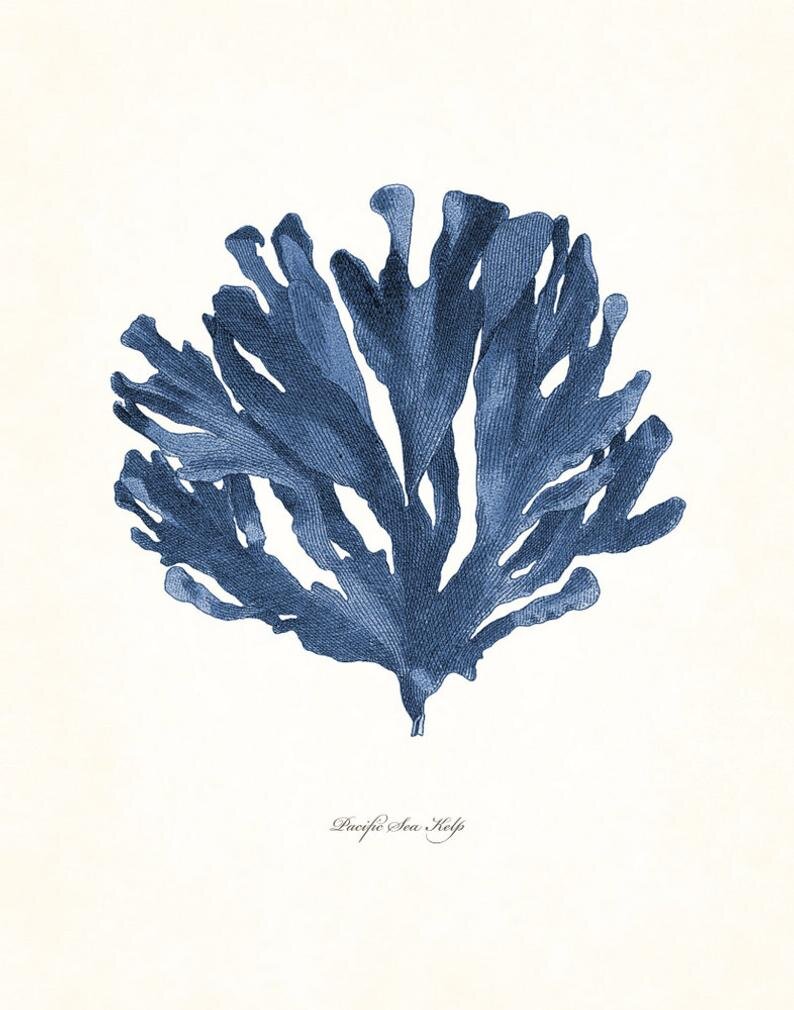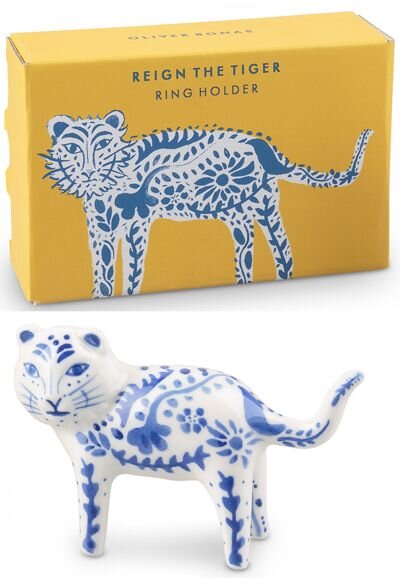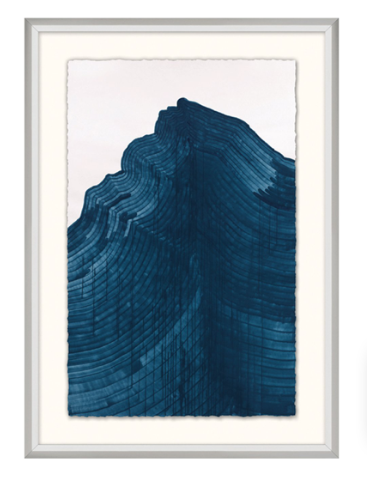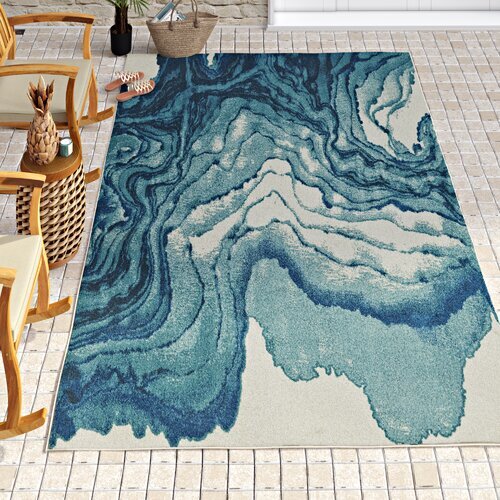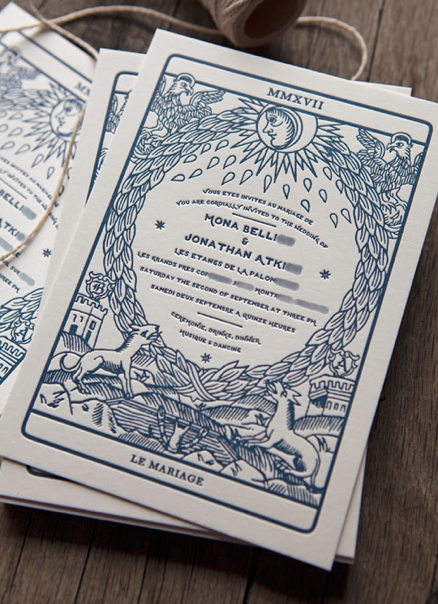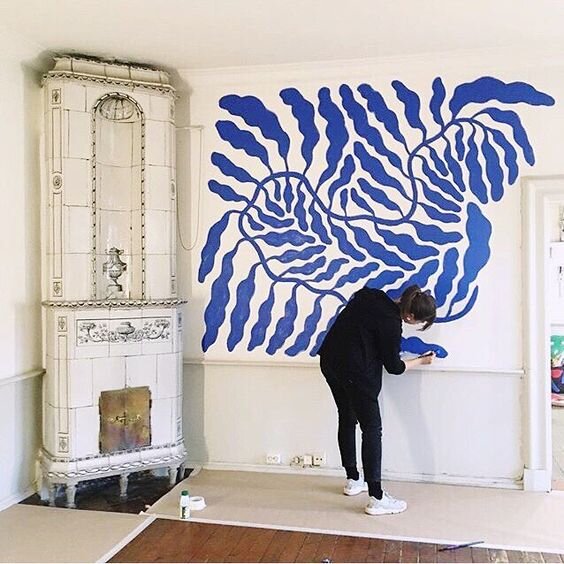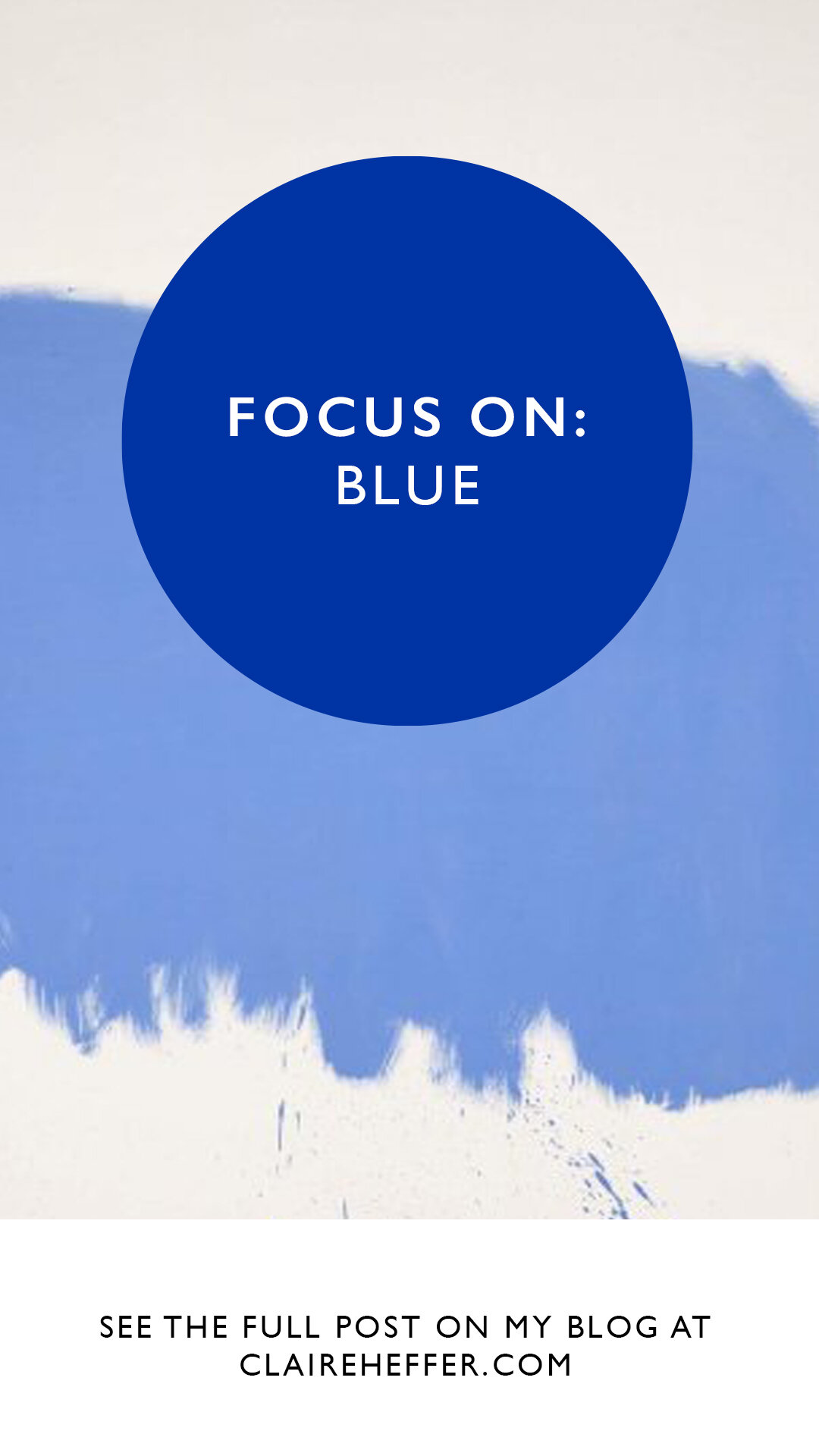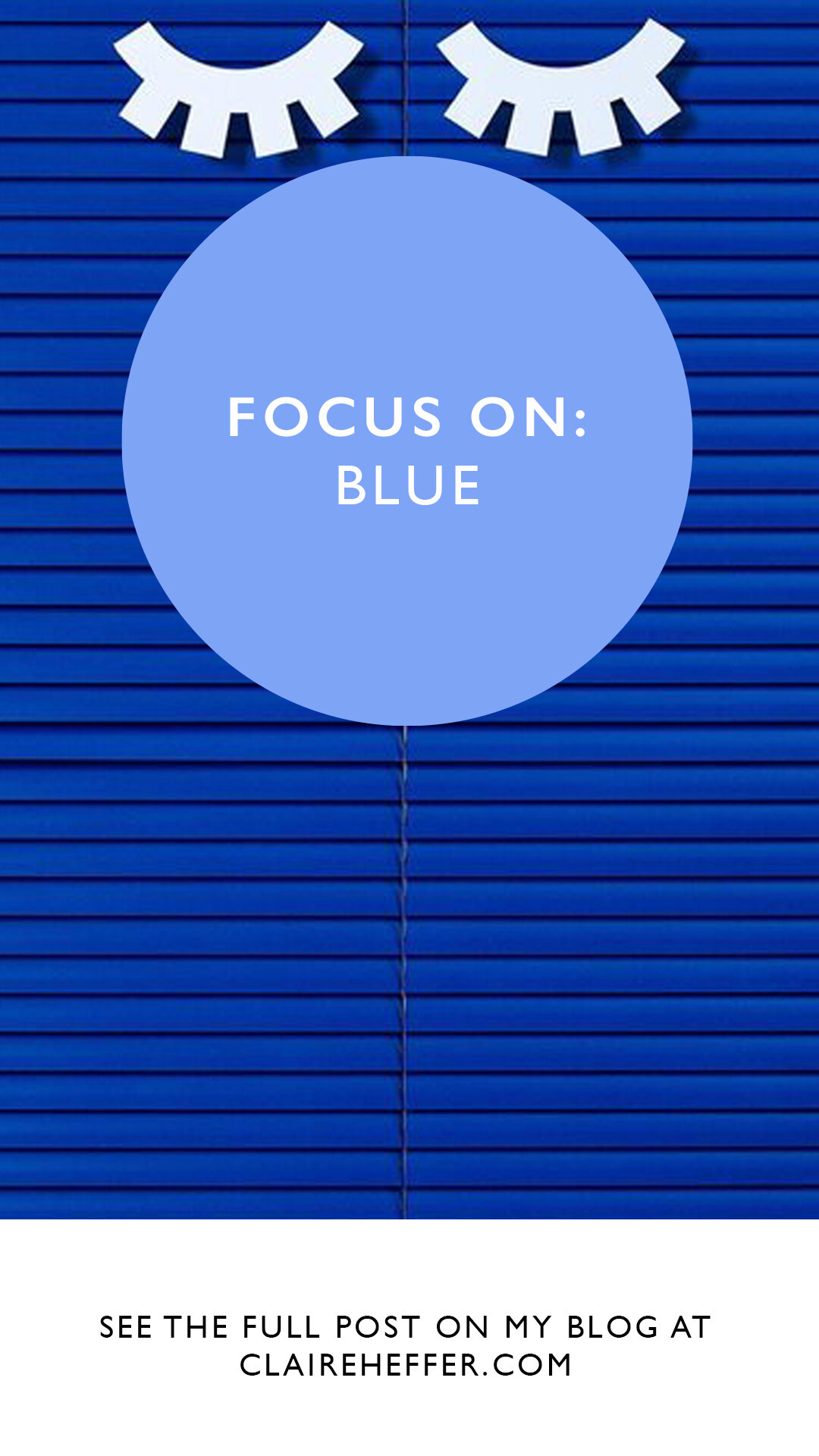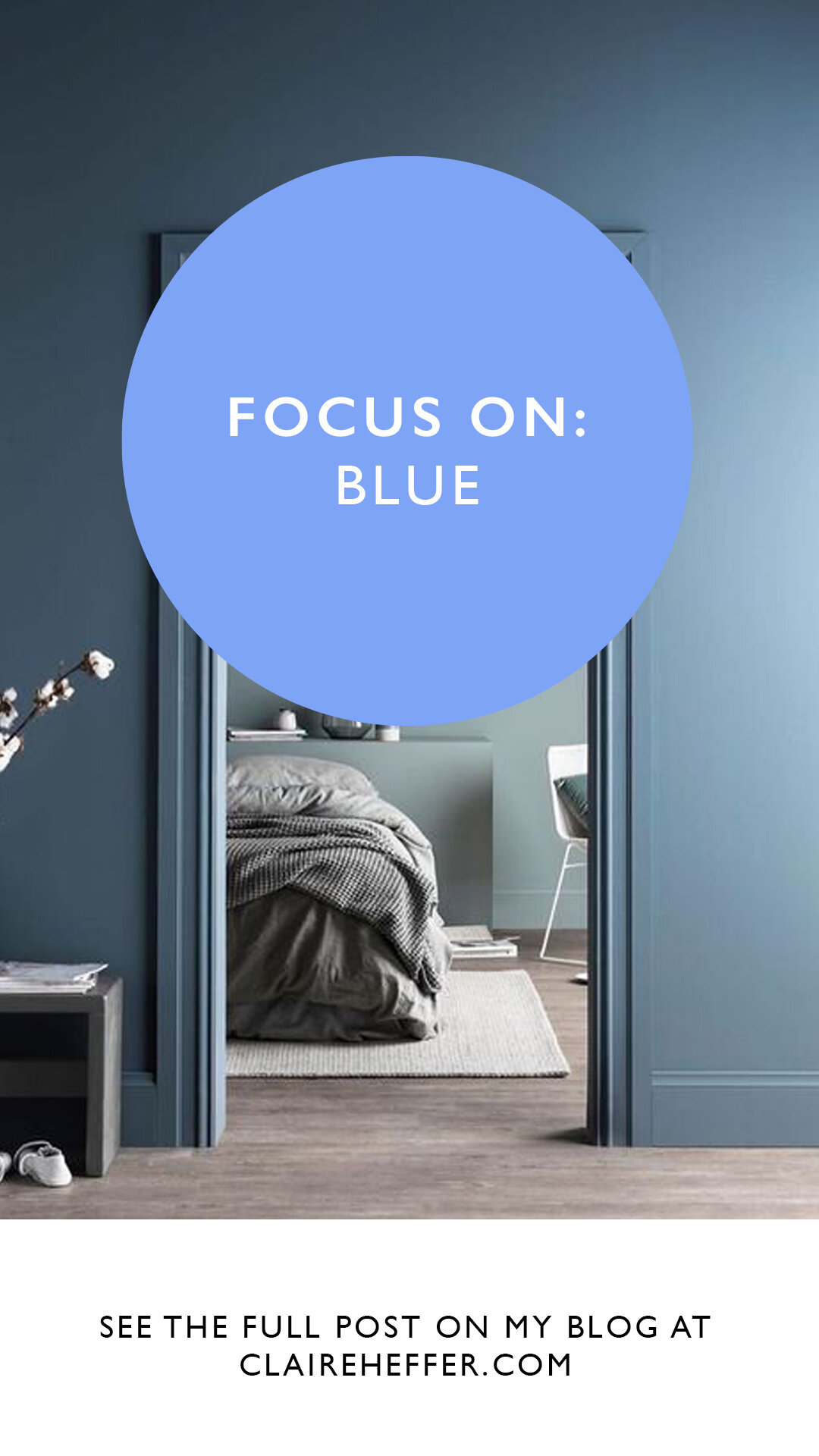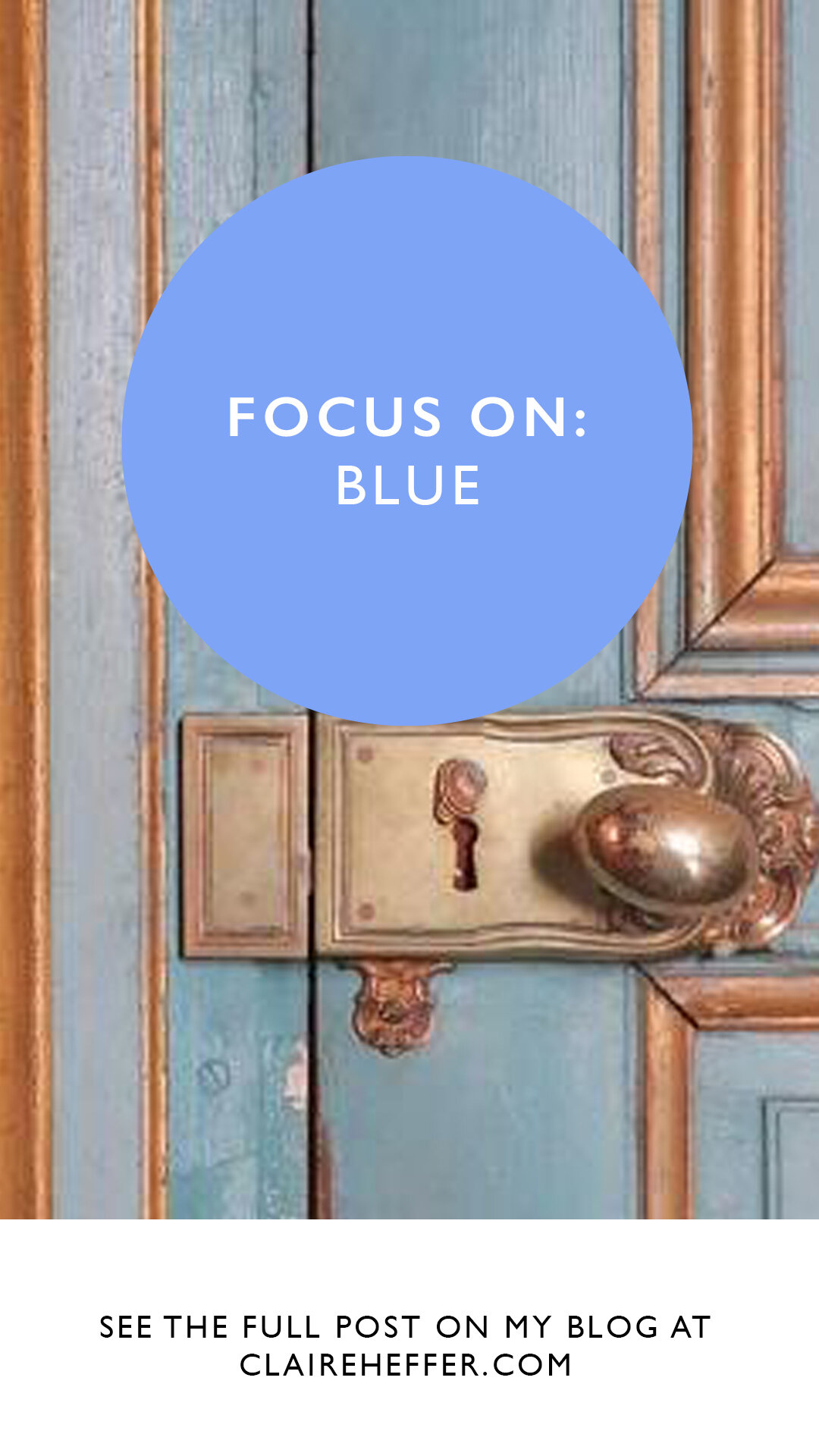FOCUS ON: BLUE

FOCUS ON: BLUE
Classic Blue has been announced as Pantone’s colour of the year. This post celebrates all things blue, not just the Classic Blue colour but you’ll notice that this classic blue pops up a lot, it’s already a trend and you’ll continue to see more of it as the year goes on. In this post you’ll see the places where blue pops up, the blue marble of a bathroom, the cooling and calming blue colour of a bedroom, the bold blue of a graphic artwork to stick on your wall. And don’t forget the history of the colour blue…
Blue was the first colour to be synthetically produced. The Ancient Egyptians made Egyptian Blue around 2,200 B.C. They created the colour by heating a combination of limestone and sand with a copper-containing mineral, the resulting blue glass would then be crushed and combined with egg whites, glues or gums to make a paint or glaze. This process was complicated and was abandoned when new blues became available around the time of the Roman Empire.
One of the most sought-after blues in the 6th Century was the Ultramarine, sometimes called “true blue.” It was made from a semiprecious gemstone called lapis lazuli and for centuries this pigment rivalled the price of gold. It was therefore only used for the most important paintings, usually religious figures like the Virgin Mary in artwork commissioned for churches. Legend states that some artworks such as Michelangelo’s The Entombment was left unfinished as he couldn’t acquire the Ultramarine colour he wanted to use. Johannes Vermeer used tons of the colour which eventually pushed his family into debt. Eventually a cheaper synthetic version was created in France in the 1800s, it was named “French Ultramarine.”
In the 1700s a new blue was invented in Berlin, Germany by a dye-maker named Johann Jacob Diesbach. When creating a red dye one of his components came into contact with animal blood. He didn’t think this would be a problem as everything was red, however what he ended up with, through a chemical reaction with the iron in the blood, was a blue. This colour became Berliner Blau or, in English, Prussian Blue.
One of the most famous blues in the art world, although not very old compared to a lot of the previous ones discussed is International Klein Blue, or IKB, created in 1960. This colour and production was patented by an artist himself, Yves Klein, who used this matte bold version of French Ultramarine in many of his artworks, covering whole canvases and statues. This colour blue is instantly recognizable and when seen in art can be identified as the work of Klein instantly.
One of the most modern discoveries of blue was created in a lab by accident by the chemist Mas Subramanian and his students at Oregon State University. When a sample turned bright blue while being heated they named the color YInMn blue, after its chemical make-up and released the pigment for commercial use in June 2016. It’s easy to produce, durable and safe and can be used for environmentally friendly projects.
Find more information here…
Click photos for links to sources. If I’ve featured a photo of yours and you’d like to re-link elsewhere or have me take this down please let me know by sending me an email using the form here…








